Minns Government must act to fix our rivers: NCC
February 24, 2025
The Nature Conservation Council of New South Wales (NCC), the state’s leading environmental advocacy organisation, has welcomed the review of the water rules for Menindee Lakes and the Lower Darling/Baaka River by the Natural Resources Commission, which was released on Monday February 24, 2025.
The review of the Water Sharing Plan for the New South Wales Murray and Lower Darling Regulated Rivers Water Sources 2016 highlights the urgent need to change water-sharing rules in northern NSW to ensure enough water stays in our rivers, allowing them to flow and connect as they must.
The Natural Resorces Commission stated;
'We recommended that the water sharing plan be replaced to improve social, environmental, cultural and economic outcomes taking into consideration recommendations from our plan review. The Minister has responded to our review report. The Plan is currently in force and is due to be replaced or extended by 1 July 2026..'
“For years, communities have been calling for action while report after report confirms the same truth – too much water is being taken upstream by cotton irrigation,” said NCC’s Water Campaigner Mel Gray.
This review confirms that water rules introduced by the former government to regulate floodwater extraction are ineffective.
“It’s still the wild west of water take out here. The unlimited take of floodwaters will continue even after licencing – all that has happened is billions of dollars of water entitlements have been transferred from public to corporate control.
“Our rivers must have enough water to survive, as required by the Water Management Act.
“The Minns Government must deliver on its promise to restore the Darling/Baaka River and end mass fish kills for good.”
The Commission's Overall findings were:
• Plan provisions are inadequate to support the Plan’s objectives.
• The Plan – which expires 30 June 2026 – should be replaced with significant revisions to plan provisions. Some urgent changes should be made prior to Plan expiry.
• There are several instances in which the Plan does not reflect the priorities of the Act, particularly the protection of the water source and dependent ecosystems.
• Key changes are needed to ensure flows are available to address social and environmental risks around water quality and fish deaths, supported by clear governance arrangements
• Environmental provisions could be made more flexible and optimised to improve environmental and community benefits.
• The construction of the Wentworth to Broken Hill Pipeline in 2019 has strengthened water security for Broken Hill, however remote townships like Pooncarie and Menindee have experienced a range of water quality issues over the life of the Plan that need to be addressed.
• The Plan has not delivered meaningful outcomes and benefits to Aboriginal communities. Despite the development of the NSW Aboriginal Water Strategy, more work is required to meet the needs and aspiration of Aboriginal People
• Despite projections that long-term water availability in the Plan area will decrease due to climate change, the Plan’s provisions and objectives for climate change adaptation is limited, impacting all water users and the environment.
• Interjurisdictional agreements require review to ensure clarity and equity and support environmental outcomes.
Ensuring sustainable extraction
Key issues:
• The Plan’s long-term average annual extraction limit (LTAAEL) is not based on an assessment of sustainability.
• While LTAAEL compliance has recently commenced, it is not transparent or based on actual extraction data.
• Extraction limit compliance actions can be applied to held environmental water, reducing environmental outcomes.
Key recommendations for the Water Group:
• Adopt an LTAAEL that protects the water source and dependent ecosystems, supports social and cultural objectives, and considers climate change.
• Leverage available metering data to inform compliance.
• Improve transparency around modelling assumptions, design, inputs and calibration – including independent review.
• Specify that held environmental water will not be reduced by extraction limit compliance actions
Developing a sustainable and robust allocation policy
Key issues:
• The allocations process poses a risk to essential services and inverts the principles of the Act.
• Discretionary decision making around available water determinations (AWDs) does not align with the priorities of the Act, with limited oversight and transparency.
• Requirements for the river operator to manage the water system to supply water to meet priority needs during a repeat of the period of lowest accumulated inflows does not reference environmental needs.
• The allocations process does not specifically address the impact of climate change.
• Limited clarity around decision making on the timing and volumes of water reserved for future priority needs.
Key recommendations for the Water Group:
• Reconcile the Plan’s lowest accumulated inflows against actual inflows and address shortfalls.
• Require review of lowest accumulated inflows to protect critical environmental needs.
• Clarify decision making around the Plan’s second year reserve.
• Seek Basin Officials Committee agreement to address inequities in NSW and Victoria state-based allocation policies.
Strengthening environmental protections in the Lower Darling-Baaka
Key issues
• The Lower Darling-Baaka experienced several water quality and fish death events – indicating the Plan’s provisions are not adequately protecting water quality or ecosystems.
• Flows from and to other water sharing plan areas are not adequately protected, including environmental water from the northern Basin.
• Flows to the Great Darling Anabranch are not adequately supported by the Plan.
Key recommendations for the Water Group:
• The Commission provided advice on the Lower Darling-Baaka to the Connectivity Expert Panel – including revising minimum daily flows, strengthening the Lower Darling Environmental Water Allowance and clarifying the implementation of the Lower Darling Restart Allowance.
• Improve governance around water quality, blue-green algae and fish death events.
• Improve management of flood recession flows and provide greater flexibility in rates of rise and recession to support water quality outcomes.
• Formalise protections of flows from the northern Basin.
• Establish provisions for flows to the Great Darling Anabranch.
• Codify replenishment flow requirements for Three Mile Creek.
• Include amendment provisions to adjust rules based on planned infrastructure projects.
NSW Minister for Water, the Hon. Rose Jackson MLC, Minister's Response, initially acknowledges the NRC review report for Murray and Lower Darling Regulated water sharing plan recommends the plan is replaced, supported by the completion of the recommendations of this review.
The Minister ''notes the opportunities for improvement identified in the review include:
- Stronger evidence that extraction limits are sustainable
- Improved consideration of climate change
- The plan's outcomes for Aboriginal water users and communities.''
''In addition, the review recommended immediate actions to address water quality issues and avoid fish deaths leading into the high-risk period for these events, via amendments to the plan.
Other key concerns included:
- The plan should adequately reflect the priorities of the Act, particularly the protection of fundamental ecosystem health
- Improving the flexibility and optimising environmental water provisions to maximise environmental benefits
- Reviewing interjurisdictional agreements to ensure clarity and equity.
The NSW Department of Climate Change, Energy, the Environment and Water (NSW-DCCEEW) will further consider these recommendations in terms of any immediate amendments that may be required, as well as through the replacement of this plan.
The NRC will be engaged as agreed at an officer level throughout this process.'' the response states
__________________________________________________________
$10.5 million for water use monitors across NSW Murray-Darling
February 6, 2025 - Statement issued by: The Hon Tanya Plibersek MP, Minister for the Environment and Water and The Hon Rose Jackson MLC, Minister for Water
More than 2,500 groundwater and surface water sites across the Murray-Darling Basin in New South Wales will receive state-of-the-art telemetry devices and installation, boosting water monitoring and management, easing costs for users, and helping the state fast-track its metering reforms.
Telemetry supports sustainable water use by sending real-time data to water management agencies, helping to ensure licensed water taken from inland regional water sources is extracted fairly, equitably and according to the rules.
A significant investment of $10.5 million from the Albanese Government will see these devices fully funded and installed in eligible sites in NSW over the next two and a half years.
Accurate monitoring is crucial for water resource planning and compliance, and the use of telemetry reduces the need for licence holders to report manually, saving them time and money.
Eligible sites include those extracting from groundwater sources in the Murray-Darling Basin with an annual entitlement of 100 megalitres (ML) or greater. Sites drawing from surface water systems within the Basin may also be considered as a secondary priority.
The NSW Government is now calling on telemetry equipment suppliers and installers to attend an online tender briefing on 12 February 2025 and to participate in a request for tender via the e-tendering website: NSW Telemetry Uplift Program – buy.nsw
Contracts are expected to be awarded and installations to begin in the first half of 2025.
More information for water users, including eligibility and how to apply, will be available in the coming months via the NSW Department of Climate Change, Energy, Environment and Water (DCCEEW).
The funding comes as NSW gets on with the job of streamlining its metering roll-out and implementing a suite of recommendations to ease water users’ barriers to compliance.
These include simplifying metering requirements for smaller and low-risk water users, extending compliance deadlines for coastal water users, addressing the shortage of meter installers and improving their training opportunities and resources, among many others.
NSW is on track to have 95 per cent of all licensed water entitlement metered by the end of next year.
For more information on NSW’s non-urban metering work, visit: https://water.dpie.nsw.gov.au/our-work/nsw-non-urban-water-metering/review-of-the-non-urban-metering-rules
Minister for the Environment and Water, the Hon Tanya Plibersek MP, said:
“Accurate metering benefits us all – gives us better information and saves time. That’s why our Government is investing $10.5 million to install 2,515 telemetry devices across NSW Murray-Darling Basin communities.
“This is just one part of our commitment to improve transparency of water use across the Basin, to ensure water is used fairly and sustainably to support communities, industry and our environment.
NSW Minister for Water, Rose Jackson, said:
“This program is fantastic news for thousands of water users across the NSW Basin, saving significant out-of-pocket costs and helping them comply with metering rules.
“We’re incredibly pleased to be working with the Australian Government as it injects $10.5 million to roll-out these devices in the coming months, boosting our state’s robust metering network and ensuring we can accurately measure each and every drop.
"We're primarily targeting groundwater sites across the Basin, recognising that the state’s aquifers are under increasing pressure due to a changing climate, population growth and heightened demand.
“Groundwater-dependent ecosystems are crucial for maintaining the Basin’s biodiversity and ecology, particularly where groundwater may be the only reliable source of water.”
______________________________________________
Background - Previous reports; a few examples
Investigations Into Fish Kill At Menindee
The NSW Department of Primary Industries (DPI) and WaterNSW are investigating a large fish kill at Menindee in Western NSW.
In recent weeks fish kills have occurred in the Namoi River below Keepit Dam, the Lachlan River at Wyangala Dam and also in the the Darling River at Menindee in a separate event in December.
DPI Senior Fisheries Manager, Anthony Townsend, said fisheries officers have visited the affected area downstream of Menindee today and are investigating the incident.
“The ongoing drought conditions across western NSW have resulted in fish kills in a number of waterways recently and today our fisheries officers have confirmed a major fish kill event in the Darling River at Menindee affecting hundreds of thousands of fish, including Golden Perch, Murray Cod and Bony Herring,” Mr Townsend said.
“After a very hot period, a sharp cool change hit the Menindee region over the weekend, with large temperature drops experienced.
“This sudden drop in temperature may have disrupted an existing algal bloom at Menindee, killing the algae and resulting in the depletion of dissolved oxygen.”
The incident follows an earlier fish kill in December, after intense rainfall events following hot weather, which disrupted algal blooms resulting in low dissolved oxygen levels conditions that exacerbated water quality for already stressed fish.
During the December event investigations by District Fisheries Officers from DPI revealed over 10,000 fish mortalities along a 40km stretch of the Darling River, including numerous Murray Cod, Golden Perch and Silver Perch, and native Bony Herring.
Mr Townsend said preliminary investigations by DPI into the current fish kill event suggest that hundreds of thousands of native fish have been impacted in the same stretch of waterway and further downstream.
“As a result of this incident, DPI will take this opportunity to learn more about our native fish to help improve their future management,” Mr Townsend said.
“Our fisheries experts are extracting otoliths (or the ear bone) from some of the Murray Cod killed during the event to improve our knowledge of the species.
“Otoliths allow us to work out how old a fish is and can be used to help establish age and length/weight relationships, as well as potentially unearth other secrets including where the fish was born and spent its life through microchemistry work.
“All of this new knowledge will help improve how we manage waterways and the fishery across the entire Murray-Darling Basin to help protect and improve native fish populations when conditions improve.
“Fisheries staff would like to thank local anglers and residents who have provided information.
“The current low flows and warming temperatures are likely to pose an ongoing threat to native fish throughout the summer.”
WaterNSW is continuing to monitor water quality throughout the dams and river systems.
Adrian Langdon, WaterNSW executive manager of systems operations said regional NSW is experiencing intense drought conditions, with the state’s Central West, Far West and North West regions the worst affected.
“Algal alerts have been in place for several weeks in the Menindee region and linked to this, low dissolved oxygen levels are likely to occur within slow flowing or no flow sections of the river,” Mr Langdon said.
“It is almost certain these impacts will persist and possibly increase further as summer proceeds if we don’t receive significant rainfall to generate replenishment flows.”
Community members are encouraged not to be alarmed and to report any similar incidents or observations through the Fishers Watch hotline on 1800 043 536.
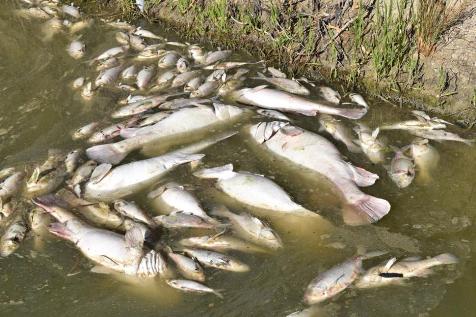
Locals say Murray Cod weighing up for 40kg have been killed. Photo from Facebook: by Rod Mackenzie
___________________________________________________________________________________
Australia’s 2018 Environmental Scorecard: A Dreadful Year That Demands Action
April 4th 2019
by Albert Van Dijk
Professor, Water and Landscape Dynamics, Fenner School of Environment & Society, Australian National University
Environmental news is rarely good. But even by those low standards, 2018 was especially bad. That is the main conclusion from
Australia’s Environment in 2018, the latest in an annual series of environmental condition reports, released today.
Every year, we analyse vast amounts of measurements from satellites and on-ground stations using algorithms and prediction models on a supercomputer. These volumes of data are turned into regional summary accounts that can be explored on our
Australian Environment Explorer website. We interpret these data, along with other information from national and international reports, to assess how our environment is tracking.
A bad year
Whereas 2017 was already quite bad, 2018 saw many indicators dip even further into the red.
Temperatures went up again, rainfall declined further, and the destruction of vegetation and ecosystems by drought, fire and land clearing continued. Soil moisture, rivers and wetlands all declined, and vegetation growth was poor.
In short, our environment took a beating in 2018, and that was even before the oppressive heatwaves, bushfires and Darling River fish kills of January 2019.
Indicators of Australia’s environment in 2018 compared with the previous year. Similar to national economic indicators, they provide a summary but also hide regional variations, complex interactions and long-term context. source: http://www.ausenv.online/2018
The combined pressures from habitat destruction, climate change, and invasive pests and diseases are taking their toll on our unique plants and animals. Another 54 species were added to the official list of threatened species, which now stands at 1,775. That is 47% more than 18 years ago and puts Australia among the world’s worst performers in biodiversity protection. On the upside, the number of predator-proof islands or fenced-off reserves in Australia reached 188 in 2018, covering close to 2,500 square kilometres. They offer good prospects of saving at least 13 mammal species from extinction.
Globally, the increase of greenhouse gases in the atmosphere accelerated again after slowing down in 2017. Global air and ocean temperatures remained high, sea levels increased further, and even the ozone hole grew again, after shrinking during the previous two years.
Sea surface temperatures around Australia did not increase in 2018, but they nevertheless were well above long-term averages. Surveys of the Great Barrier Reef showed further declining health across the entire reef. An exceptional heatwave in late 2018 in Far North Queensland raised fears for yet another bout of coral bleaching, but this was averted when sudden massive downpours cooled surface waters.
The hot conditions did cause much damage to wildlife and vegetation, however, with spectacled flying foxes dropping dead from trees and fire ravaging what was once a tropical rainforest.
While previous environmental scorecards showed a mixed bag of regional impacts, 2018 was a poor year in all states and territories. Particularly badly hit was New South Wales, where after a second year of very poor rainfall, ecosystems and communities reached crisis point. Least affected was southern Western Australia, which enjoyed relatively cool and wet conditions.
Environmental Condition Score in 2018 by state and territory, based on a combination of seven indicators. The large number is the score for 2017, the smaller number the change from the previous year. source: http://www.ausenv.online/2018
It was a poor year for nature and farmers alike, with growing conditions in grazing, irrigated agriculture and dryland cropping each declining by 17-20% at a national scale. The only upside was improved cropping conditions in WA, which mitigated the 34% decline elsewhere.
A bad start to 2019
Although it is too early for a full picture, the first months of 2019 continued as badly as 2018 ended. The 2018-19 summer broke heat records across the country by large margins, bushfires raged through Tasmania’s forests, and a sudden turn in the hot weather killed scores of fish in the Darling River. The monsoon in northern Australia did not come until late January, the latest in decades, but then dumped a huge amount of rain on northern Queensland, flooding vast swathes of land.
It would be comforting to believe that our environment merely waxes and wanes with rainfall, and is resilient to yearly variations. To some extent, this is true. The current year may still turn wet and improve conditions, although a developing El Niño makes this less likely.
However, while we are good at acknowledging rapid changes, we are terrible at recognising slow, long-term ones. Underlying the yearly variations in weather is an unmistakable pattern of environmental decline that threatens our future.
What can we do about it?
Global warming is already with us, and strong action is required to avoid an even more dire future of rolling heatwaves and year-round bushfires. But while global climate change requires global action, there is a lot we can and have to do ourselves.
Australia is one of the world’s most wasteful societies, and there are many opportunities to clean up our act. Achieving progress is not hard, and despite shrill protests from vested interests and the ideologically blind, taking action will not take away our prosperity. Home solar systems and more efficient transport can in fact save money. Our country has huge opportunities for renewable energy, which can potentially create thousands of jobs. Together, we can indeed reduce emissions “in a canter” – all it takes is some clear national leadership.
The ongoing destruction of natural vegetation is as damaging as it is unnecessary, and stopping it will bring a raft of benefits. Our rivers and wetlands are more than just a source of cheap irrigation for big businesses. With more effort, we can save many species from extinction. Our farmers play a vital role in caring for our country, and we need to support them better in doing so.
Our environment is our life support. It provides us our place to live, our food, health, livelihoods, culture and identity. To protect it is to protect ourselves.
This article was coauthored by Shoshana Rapley, an ANU honours student and research assistant in the Fenner School of Environment and Society.
This article was published in
The Conversation first, visit
this Link to read the original. Republished under Creative Commons licence.
__________________________________________________________________________
NSW Government Opens The Floodgates For Irrigators To Profit From The Barwon-Darling River System
February 12, 2020 - Ran in Issue 438
Conservation groups are outraged at the NSW Government’s decision to allow big irrigators to take millions of litres of flood water from the Barwon-Darling river system. The government on Monday (February 10) temporarily overturned a restriction it placed on the capture of floodwaters just three days before on Friday (February 7).
The move could divert millions of litres of water from towns and the environment into the storages of large irrigators in the north of the basin.
“After such a prolonged drought, the priority for these vital first flows through the Barwon-Darling system must be to replenish town water supplies and revive fish stock and river ecosystems,” Nature Conservation Council CEO Chris Gambian said.
“Over-extraction by big irrigators, aided and abetted by the NSW Government, has made the impact of this drought much worse than it should have been. The drought is not yet over, and the government is at it again.
“The NSW Government’s management of the recent flows has been chaotic and poorly communicated, with three contradictory directions issued over the past week.
“On Friday, it simultaneously imposed a restriction on floodplain harvesting in the northern basin while also authorising landholders use of illegal levies and dams to capture and store overland flows. Then on Monday it announced a three-day free-for-all allowing irrigators to take as much water from the floodplain as they can pump.
“Once again the government appears to be pandering to the interests of big irrigators ahead of communities and the environment.”
Inland Rivers Network spokesperson Bev Smiles said: “These flows are the first ray of hope for the Darling River for years and should be allowed to flow through the system to Menindee Lakes and the Lower Darling.
“They are an important opportunity to reverse the extreme stress suffered by the Darling River and its dependent communities and wildlife.
“Now the government has authorised irrigators to harvest the best part of the flows in Namoi, Gwydir and Barwon rivers. The ad hoc approach to water management in western NSW has caused significant trauma to people, native fish and the riverine environment along the Darling River.
“This opportunity to revive the river system has been squandered at the behest of the powerful upstream irrigation lobby.”
____________________________________________________________________________
New Floodplain Harvesting Regulations Are A ‘Death Warrant’ For The Darling River
New floodplain harvesting regulations gazetted today by the NSW Government will mean the end of the Darling-Baaka river and must be disallowed by the NSW Upper House next week, says Cate Faehrmann, Greens MP and water spokesperson.
“These regulations legalise the historic take of millions of litres of water that should have been sent downstream for communities and the environment and now will never get there,” said Cate Faehrmann.
“The Water Minister has just wilfully signed the Darling-Baaka river’s death warrant, it will be the final nail in the coffin for the Darling-Baaka river if it is not disallowed.
“Despite the ICAC finding that many government decisions over the past decade have been inconsistent with the Water Management Act and the priorities of water sharing plans, the Water Minister continues to act in the interests of her big irrigator mates.
“The massive volumes of water these regulations will permanently give to a handful of big irrigators in the northern basin while the Darling-Baaka faces ecological collapse is an absolute disgrace.
“The regulations also allow irrigators to take an unlimited amount of rainfall runoff which will be devastating for the Darling-Baaka river which relies on these flows.
“After a record flood event, dams in the north are near overflowing, while the Menindee lakes remain less than one third full. These new laws will legitimise and make permanent this massive over extraction,” said Ms Faehrmann.
The Nature Conservation Council is urging members of parliament to disallow new regulations legalising the practice of floodplain harvesting that were released, saying that allowing irrigators to divert floodwaters under the regulations will starve rivers, wetlands, and downstream communities and ecologies of huge volumes of water.
“Many of our rivers and wetlands are already in a perilous state and this new regulation that will deprive them on a huge volume of precious water will have drastic consequences,” said Chris Gambian, Chief Executive of the Nature Conservation Council of NSW.
“The environment movement urges all parliamentarians to vote to disallow this dreadful regulation and protect our rivers, wetlands and downstream communities.
“Floodplain harvesting diverts a huge volume of water away from our rivers into private dams, and handing out new licences without proper safeguards, sustainable limits and guaranteed downstream targets will be repeating the mistake of overallocation of water that has already damaged the Murray-Darling Basin.
“Many of our wetlands, floodplain environments, and lakes, and all the animals and plants they support, rely on regular flood events. To allow irrigators to take up to 500% of a licence allocation in a single year is a recipe for disaster and will see important floodwaters stolen from the environment and downstream communities.
“We’ve seen how hard and expensive it is to undo the mistakes of over allocating water resources in the past.
"The regulations introduced by the government do not have the safeguards, limits and downstream targets to ensure that any diversion of floodwaters is sustainable. It is a death sentence for our rivers and wetlands.”
Five Projects Set To Accelerate Murray Darling Basin Plan
Implementation of the Murray Darling Basin Plan has shifted up a gear, following agreement between the Commonwealth and Basin states. Minister for Water, Property and Housing Melinda Pavey has announced details of the five accelerated key Sustainable Diversion Limit (SDL) projects agreed to at last week’s Murray Darling Ministerial Council meeting.
The projects being proposed for acceleration include the:
- Sustainable Diversion Limit offsets in the Lower Murray: Locks 8 & 9 Project
- Yanco Creek Modernisation Project (Modernising Supply Systems for Effluent Creeks Project)
- Murrumbidgee & Murray National Park Project
- Koondrook-Perricoota Flow Enabling Works (part of the Constraints Measures Program)
- Mid-Murray Anabranches Constraints Demonstration Reach (part of the Constraints Measures Program)
Minister for Water, Property and Housing Melinda Pavey said the five projects will help NSW get on with the job of delivering the economic, social, environmental and cultural outcomes sought by the Basin Plan.
“These five projects, together with those projects already complete or on track for completion, will deliver approximately 75 per cent of the 605 GL water recovery target by 30 June 2024,” Mrs Pavey said.
“It is estimated these projects alone will deliver up to 45GL in NSW previously identified as being unrecoverable by the 2024 timeframe.
“The Locks 8 and 9 Project includes the installation of waterway structures allowing for flow regulation and fish passage within the Capitts and Bunberoo Creek system which will increase fish growth and promote bird breeding.
“The Yanco Creek Modernisation Project will keep the Yanco, Billabong, Colombo and Forest Creeks flowing and improve fish passage and habitats.
“These proposed projects will also help boost jobs in regional areas by creating an estimated 450 direct and 850 indirect regional jobs.
In addition to agreement being reached last week to accelerate a suite of projects to enable delivery by 2024, Ministers have recognised the unique sensitives around Menindee and Yanco and have agreed that NSW will spend the next two months re-working these projects.
"We have heard loud and clear from locals that they have felt they have been sidelined in previous attempts to get these projects off the ground.
“I have made it clear to both our NSW agencies and the Commonwealth that if these projects are to become a reality, communities will need to drive these projects with local knowledge the key to success.
“Community is at the heart of the success of these projects and locals have repeatedly said they have projects which can deliver good environmental, social and economic outcomes. Now is the time to make those ideas a reality.”
________________________________________________________
NSW Government Shows Contempt For Democratic Process With 5th Introduction Of Floodplain Harvesting Regulations
Friday February 3, 2023 - ran in Issue 570
The NSW Water Minister’s introduction of floodplain harvesting regulations for a fifth time shortly before an election shows complete and utter contempt for the voters of NSW, says Cate Faehrmann, Greens MP and water spokesperson.
The NSW Government gazetted regulations to license floodplain harvesting on Friday afternoon after previous regulations were voted down for the 4th time by the NSW Legislative Council in September 2022. The NSW Parliament will not have an opportunity to consider the regulations until after the NSW state election on 25 March.
“This just shows complete contempt for the voters of NSW and for the traditional owners, downstream communities and farmers who have raised the alarm about these regulations for the entire last term of parliament,” says Ms Faehrmann.
“The National Party has effectively hamstrung the will of the parliament by introducing these regulations now knowing that we will have no opportunity to vote on them until well after the election.
“After each disallowance, I've called on the Water Minister to sit down and negotiate with the community instead of trying to shove the same laws down their throats again, but each time he’s done exactly that.
“These regulations are just about ensuring the National Party’s big irrigator mates in the north get handed $1 billion in water rights for free.
“We all want to see floodplain harvesting licensed, metered and measured, but it needs to be ecologically sustainable and within existing legal limits,” says Cate Faehrmann
The Water Management (General) Amendment (Floodplain Harvesting Access Licences) Regulation 2023 is a death warrant for inland rivers according to the NSW Nature Conservation Council.
Thousands of kilometres of levee banks, or water barricades, choke the floodplains of NSW Murray-Darling Basin, diverting environmentally critical flood waters and rainfall runoff into private dams.
Nature Conservation Council (NCC) Chief Executive Officer Jacqui Mumford says these levees starve rivers and wetlands of the critically important medium sized floods that keep the system going in between the big flood years.
“It’s clear that the Perrottet Government is under the spell of big corporate irrigators. Why else would it ignore the fact that this disastrous regulation has been disallowed in the Upper House more than any other piece of legislation?
“Licencing such huge volumes of floodplain harvesting water, and legislating obscenely generous rules is locking in the rapid downward spiral of the iconic Darling-Baaka River and our internationally recognised wetlands. These rules allow accounts to accrue to 500% of the licence volumes. The approach is completely unsustainable.” Ms Mumford said.
NCC supports the licencing and regulation of floodplain harvesting, however the volumes and rules proposed by the current Liberal/National Coalition are not aligned with the laws of the state.
Ms Mumford said “The Government’s own Environment and Heritage Department has said that the proposed in-catchment targets are probably too low to protect key environmental assets in extreme dry periods, and do not support the water management principles of the Water Management Act 2000.
“The environmental, cultural, social and economic future of inland NSW depends completely on the health of our rivers and wetlands. Licencing flood waters at these volumes won’t allow river ecosystems to survive. They also ignore a very clear message provided to the Perrottet Coalition Government a record four times already; the community expects more than a death sentence for the rivers.
“The Coalition is ignoring the repeated decisions of the Upper House, disregarding the democratic process. The Perrottet Government has just doomed the inland rivers. It’s extremely disappointing.”
The Commonwealth Environmental Water Office Monitoring, Evaluation and Research program’s 2022 survey found not one single Murray Cod between Bourke and Louth.
Before the development of inland rivers with thousands of weirs, huge public dams and industrial scale corporate irrigation, the Darling-Baaka River teemed with an amazing array of aquatic life. The territorial Murray Cod could grow to 1.8 metres in length and weigh over 10 kilograms.
Ms Mumford says the fate of the Murray Cod is an alarming taste of what’s to come for the Basin unless more water is bought back to stay in rivers.
“The NSW Government can try all it likes to convince us that the Darling-Baaka used to regularly dry up like it did in 2019, but the disappearance of an entire species doesn’t lie. The collapse of the Darling-Baaka is happening before our eyes as a result of the politics of greed.”
The NSW Minister for Lands and Water, Nationals MP Kevin Anderson, has made no statement regarding the gazettal.
Currently the Legislative Assembly and Legislative Council have adjourned until Tuesday 28 February 2023. However, this is a nominal date only, as the Parliament is not expected to sit again prior to the State Election in March 2023.
Following the election, the first meeting date of the new Parliament will be announced by the Governor and is likely to be in early May 2023.
__________________________________________________________________________
Further Fish Deaths At Menindee
NSW Fisheries is investigating reports of fish deaths in the Menindee Weir pool in the Darling River. Around 30 golden perch were found dead by locals on the weekend of February 10 to 11.
The NSW Government says it’s been advised oxygen levels are at a good level, and a lack of oxygen is not believed to be a contributing factor.
There have been several mass fish deaths in the river over the last few years.
Water NSW says flows from Lake Menindee will remain at fifty megalitres a day.
Photos: Menindee NSW Outback Photography by Geoff Looney
Geoff says:
''It's sad to see dead fish (Golden Perch) in the Darling again at Menindee. From what I observed today at Crick Park there were several dead Golden Perch and they look like they have been dead for a while.
The river itself does not look to bad so I don't know why they have died. There was not a lot of activity on the surface like when they were short of oxygen in the past. ''
Photos taken 12.2.2024.
Golden perch or ‘yellowbelly’ are one of the main large-bodied native fish that are of high cultural importance for many First Nations.
In 2016, natural floods in Queensland and northern NSW, along with water for the environment triggered a large spawning of golden perch. The fish larvae drifted down the Darling River and ended up in the Menindee Lakes. Some larvae kept traveling down into the Lower Darling.
Menindee Lakes are a known nursery for yellowbelly, where baby fish get fattened up in the highly productive water. These lake fish are bigger and fatter than their river counterparts.
Golden perch that spawn in the Darling are really important to the whole of the southern Basin. Science—measuring fish ear bones—has shown that golden perch which spawn in the Darling often make up a large percentage of the total golden perch population in the River Murray. In fact, golden perch from the Darling also migrate upstream to the Edward-Wakool (NSW) and Goulburn Rivers (Vic).
The story is not so good further downstream. Over the past nine years, CEWO’s monitoring program has found very little evidence of golden perch recruitment—fish spawning that results in new individuals in the population—in the South Australian Lower Murray. This highlights the importance of using environmental water to support golden perch spawning events in the Darling River.
![]()





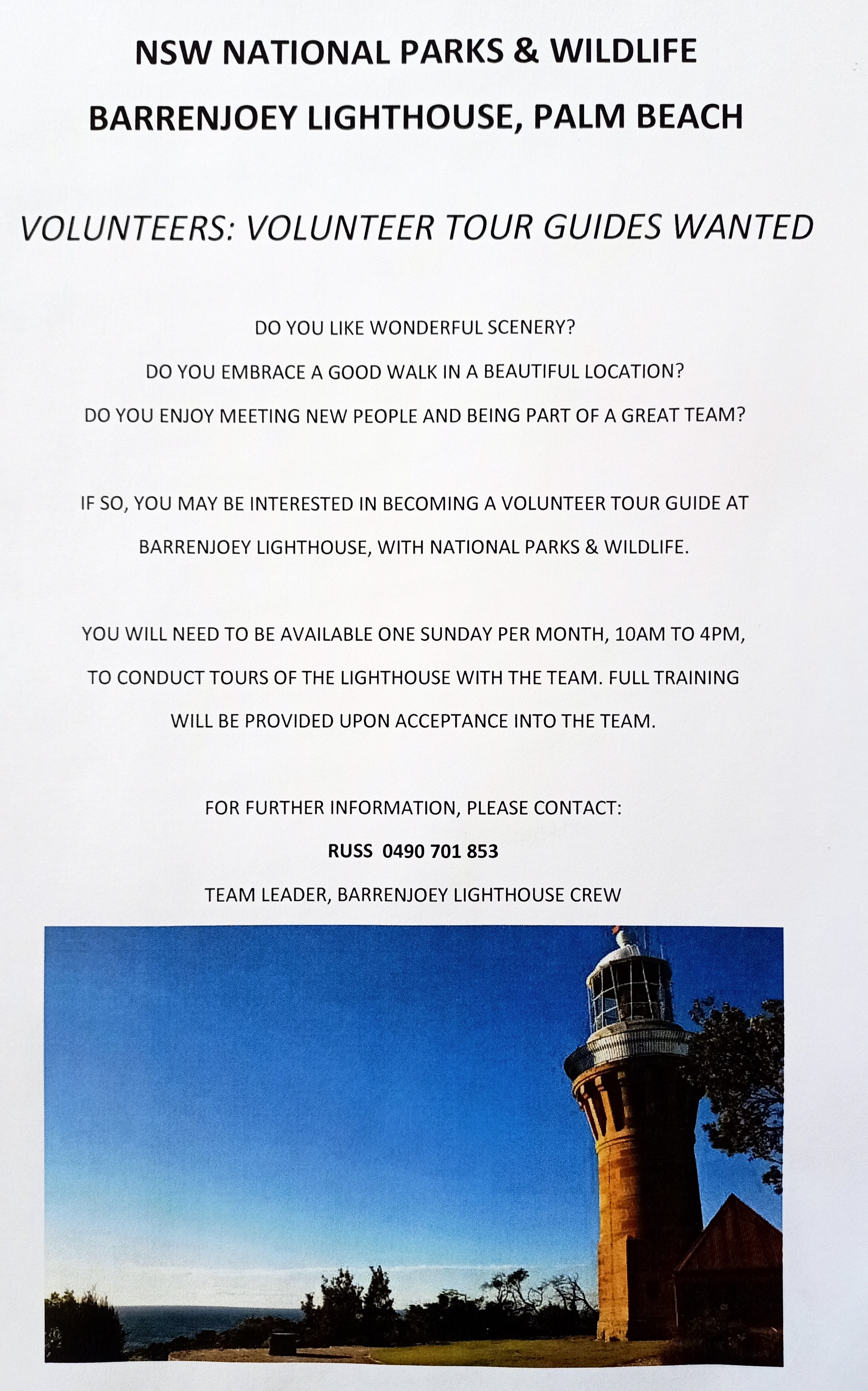
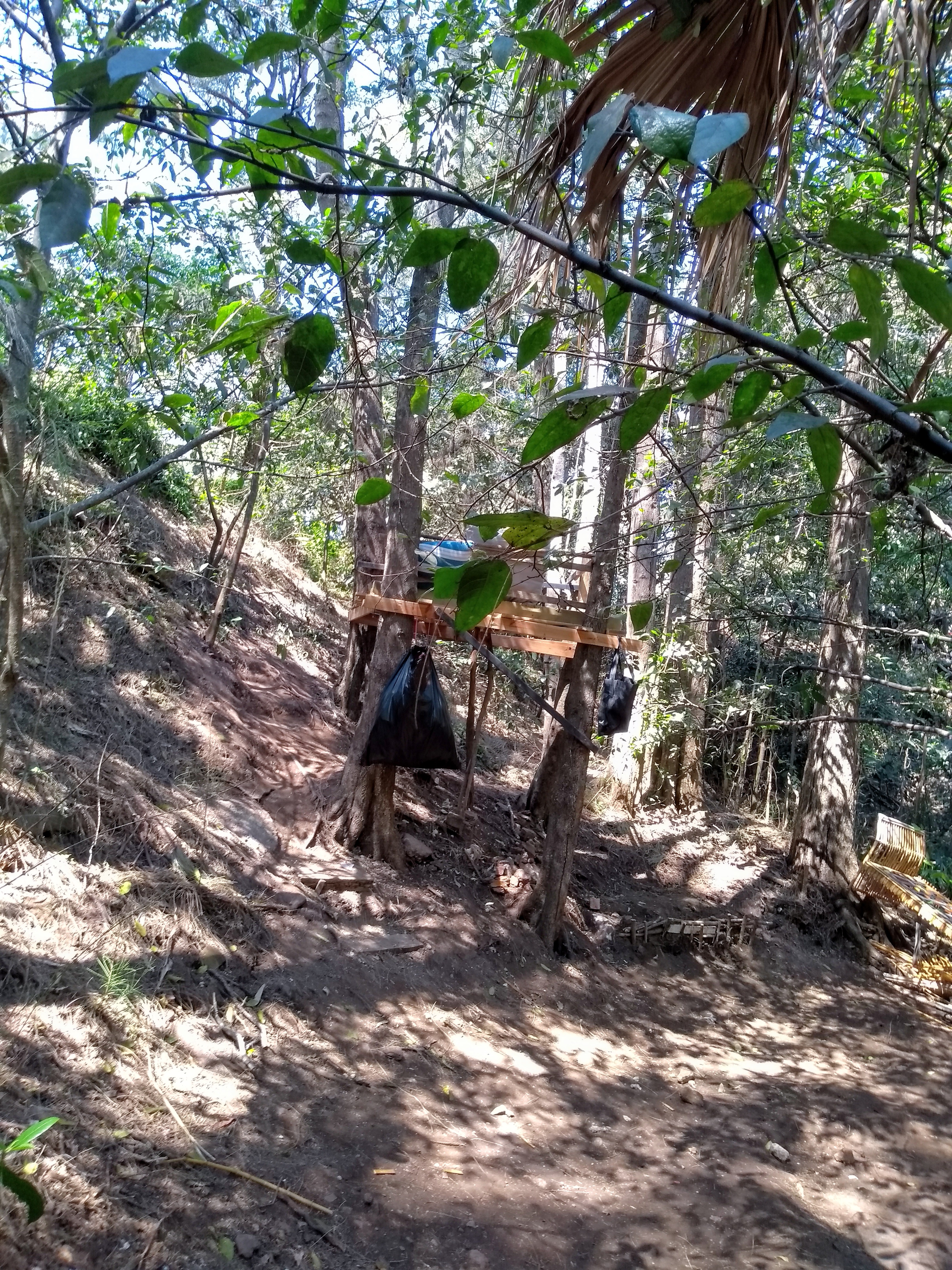
%20(1).jpg?timestamp=1675893929686)
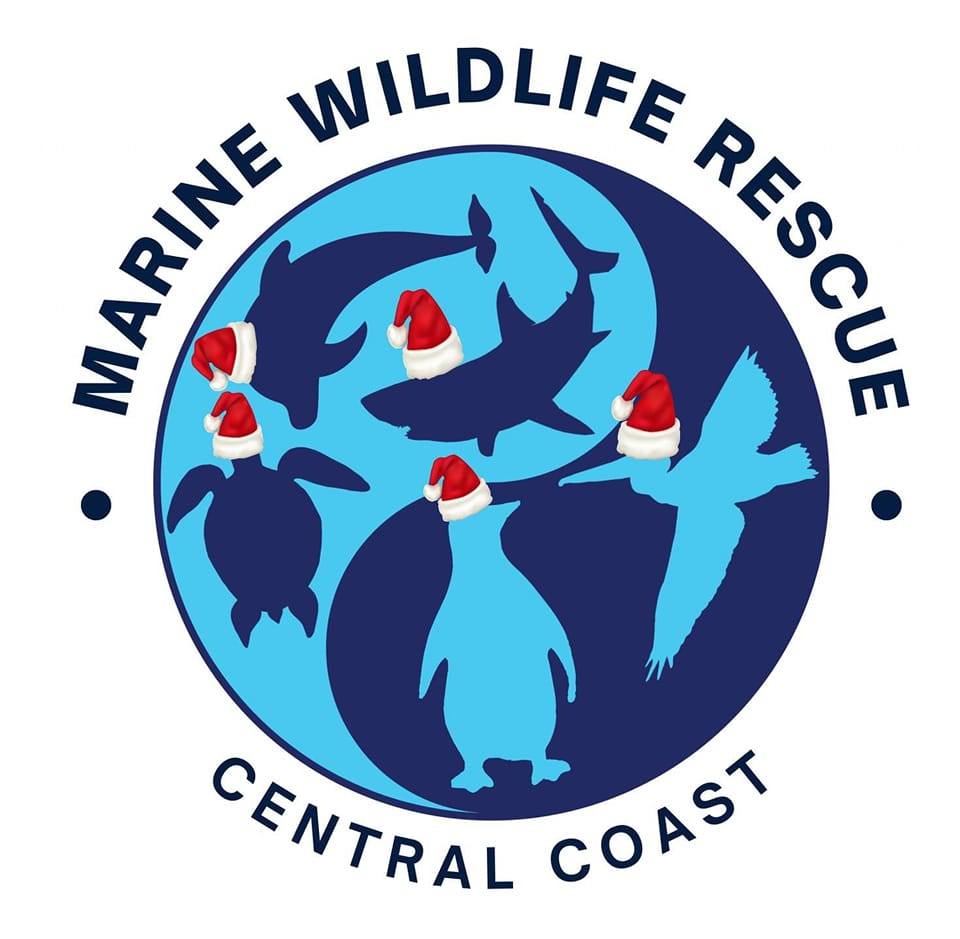
.JPG.opt1460x973o0,0s1460x973.jpg?timestamp=1663629195339)
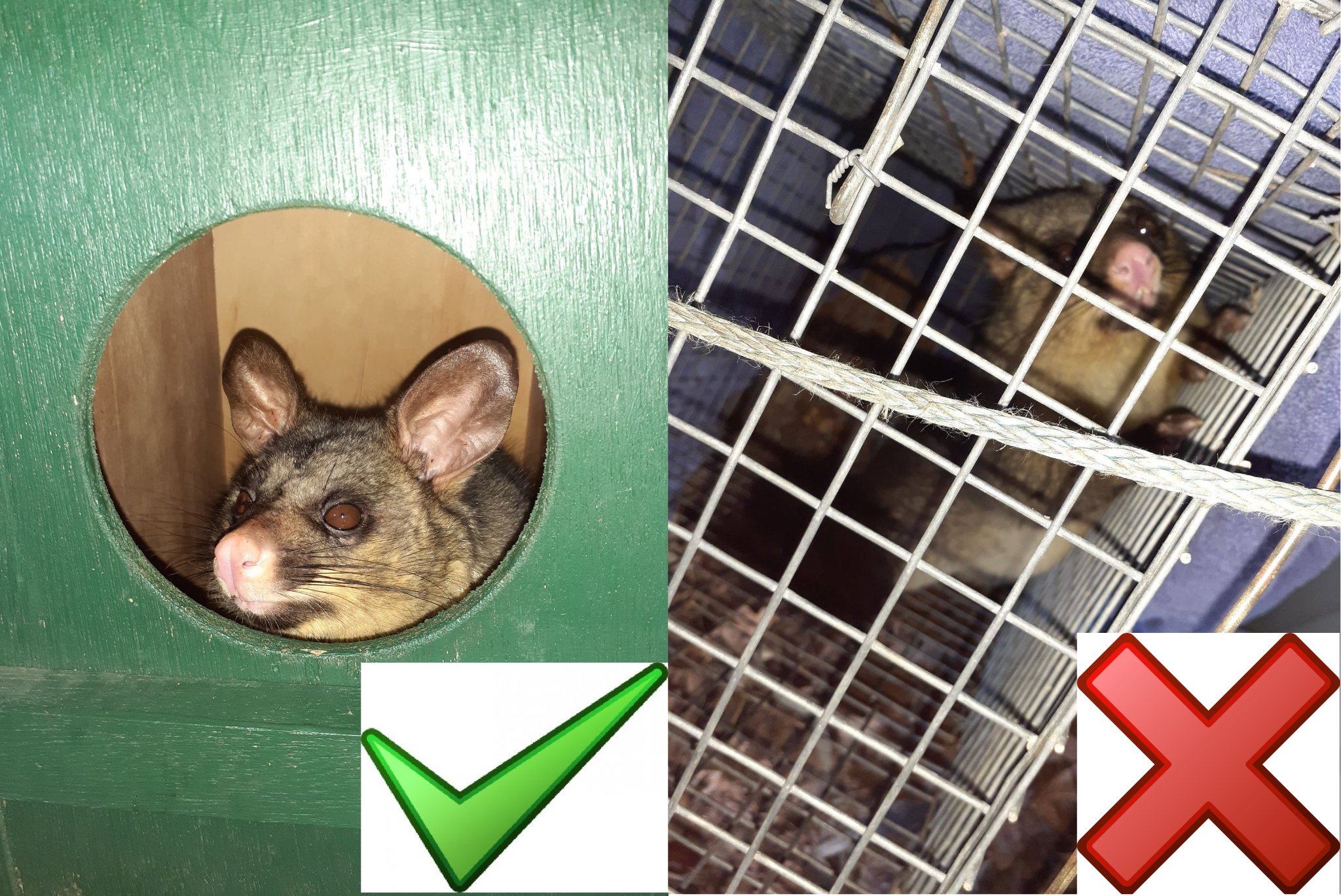
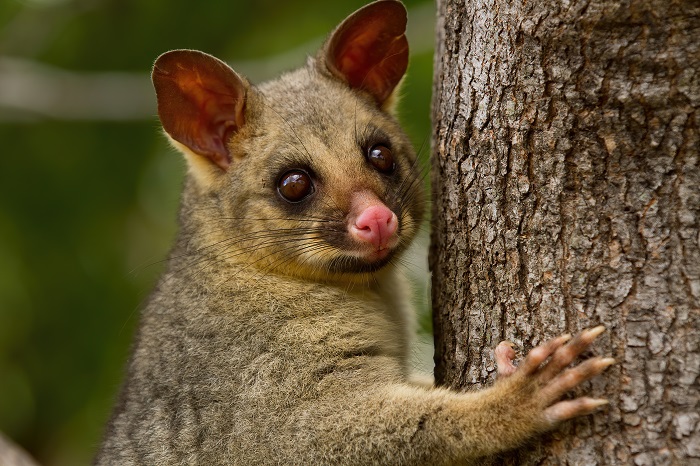
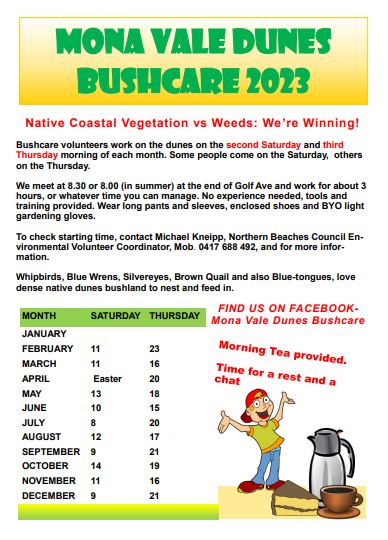
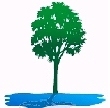

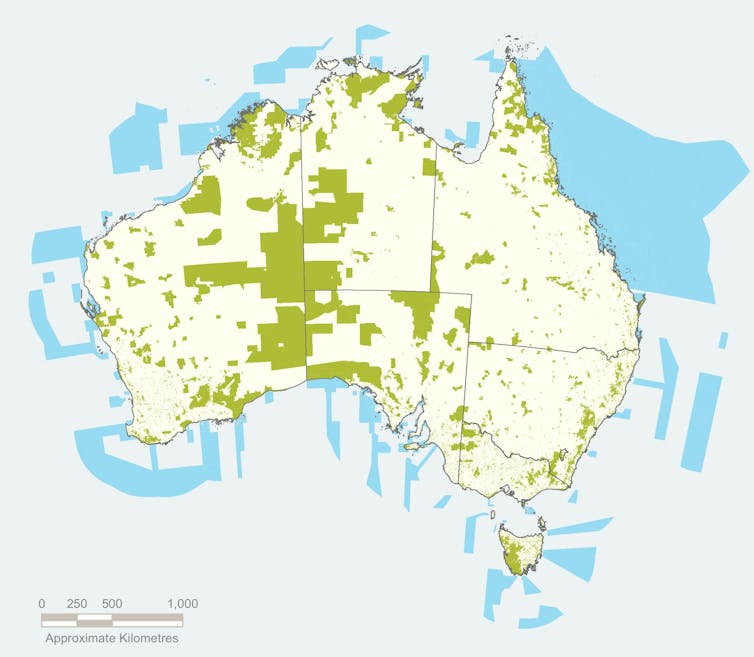
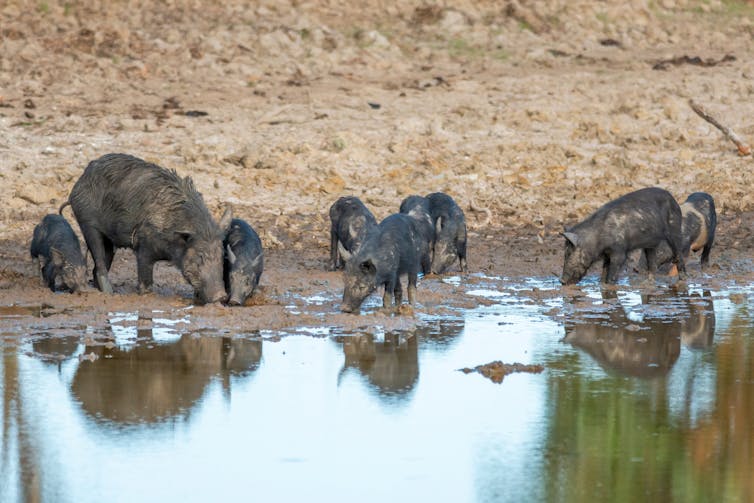
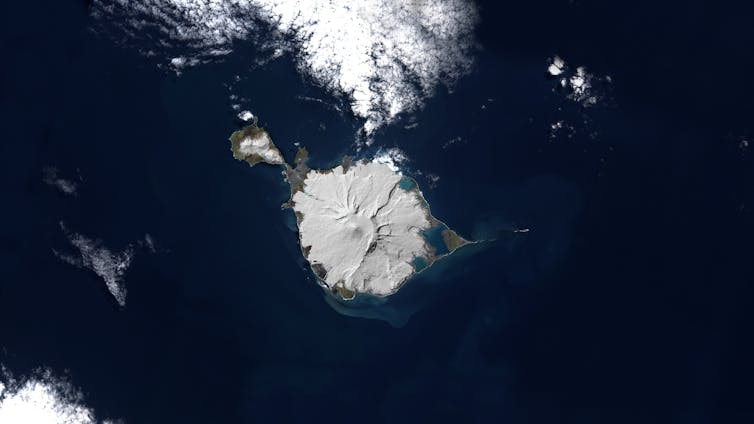


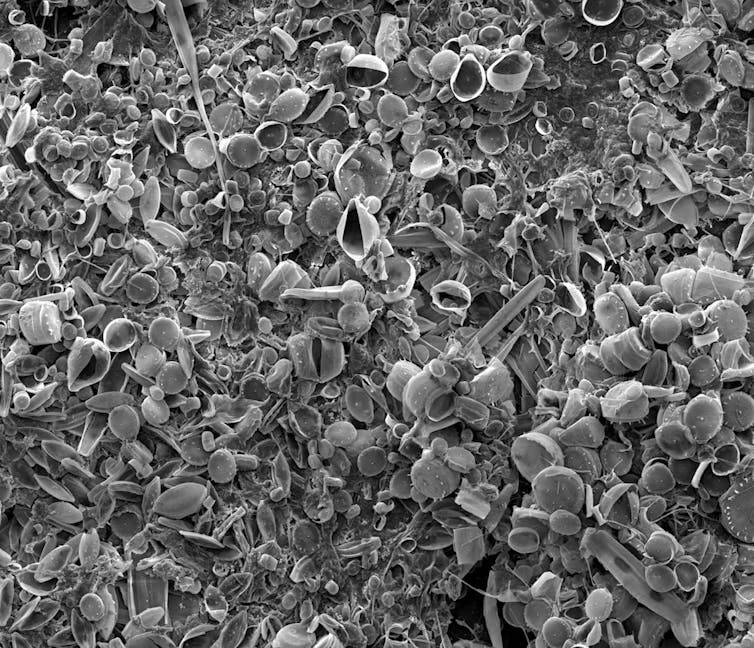
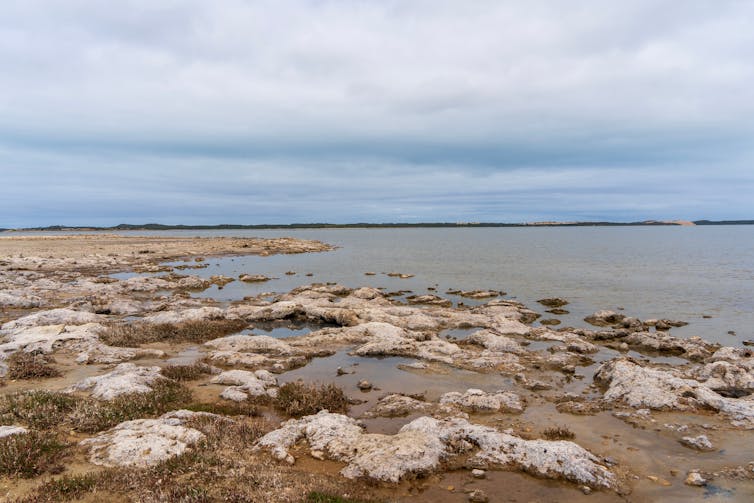
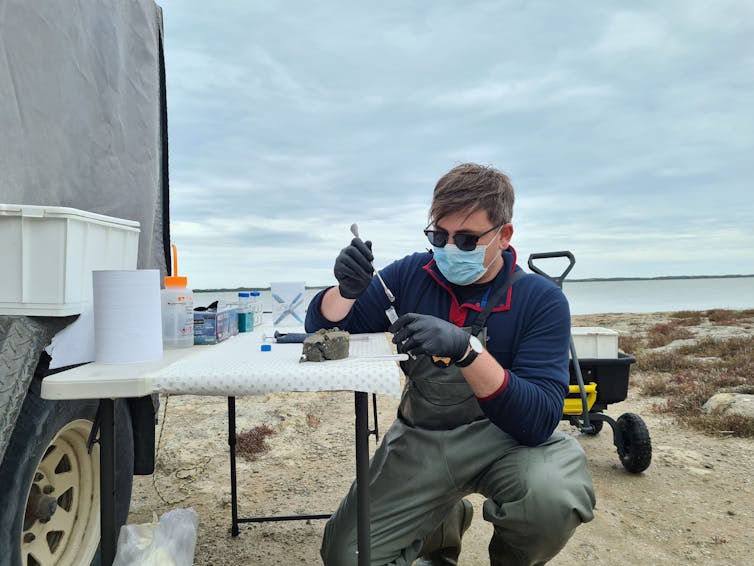

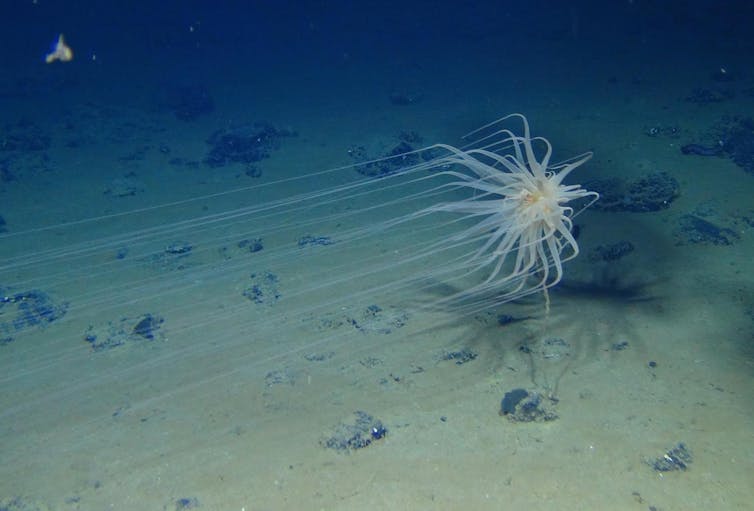
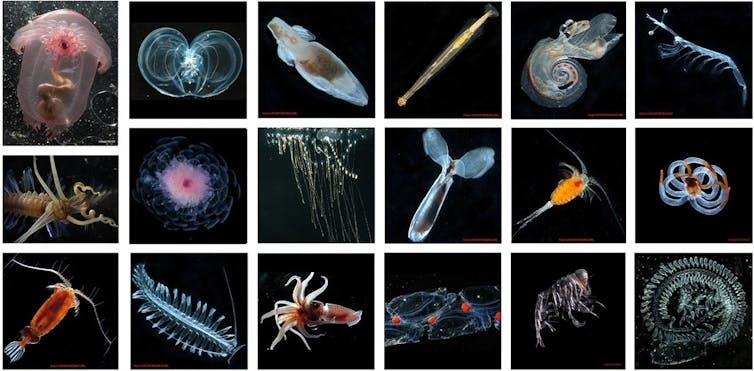
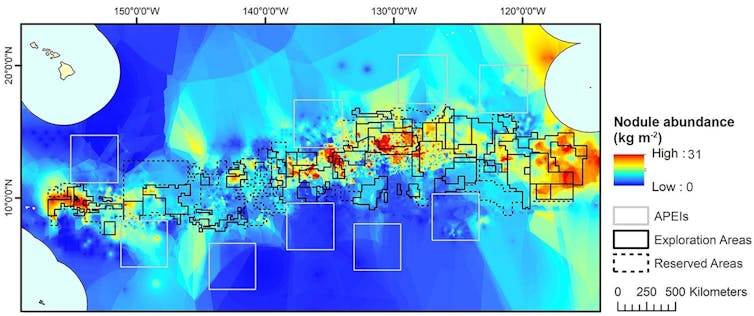
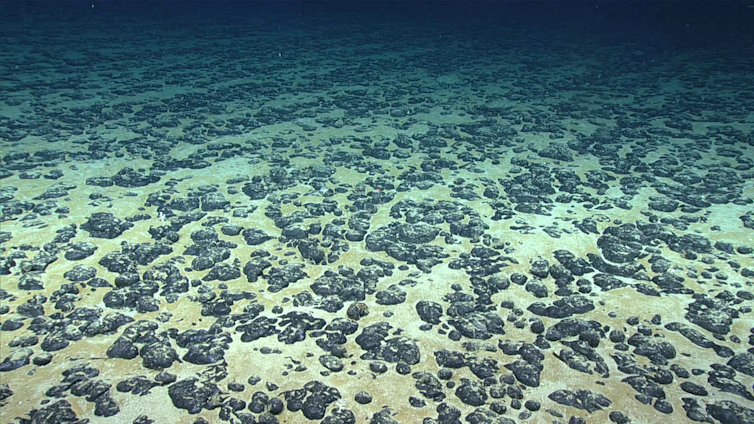









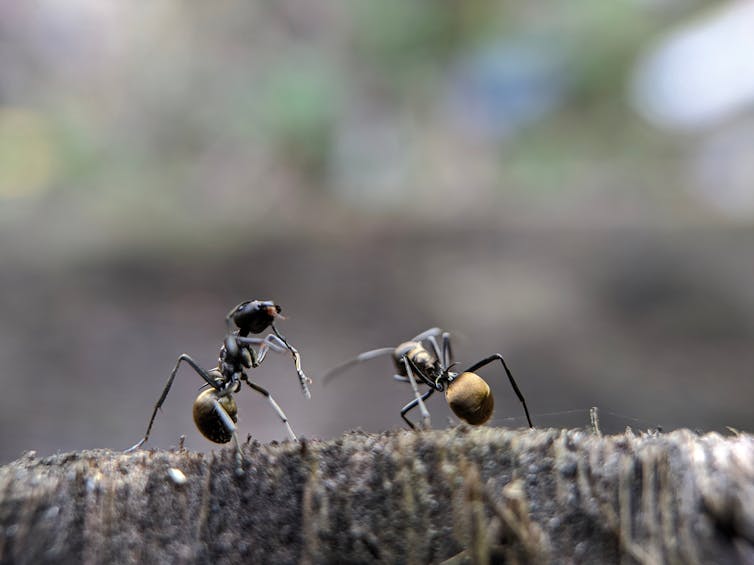
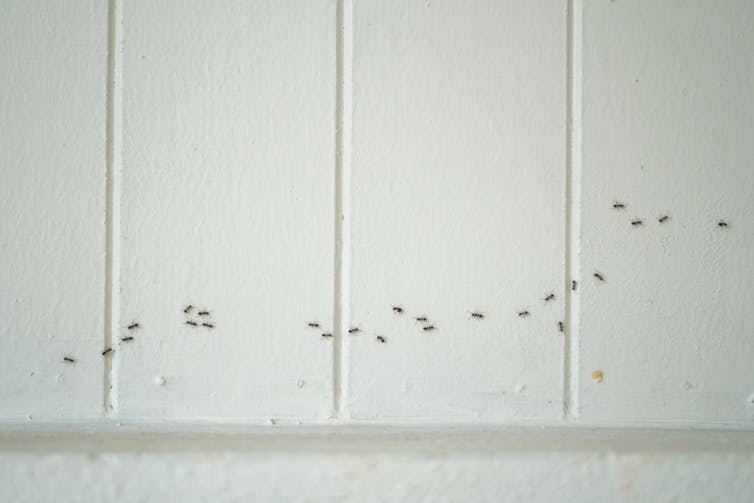

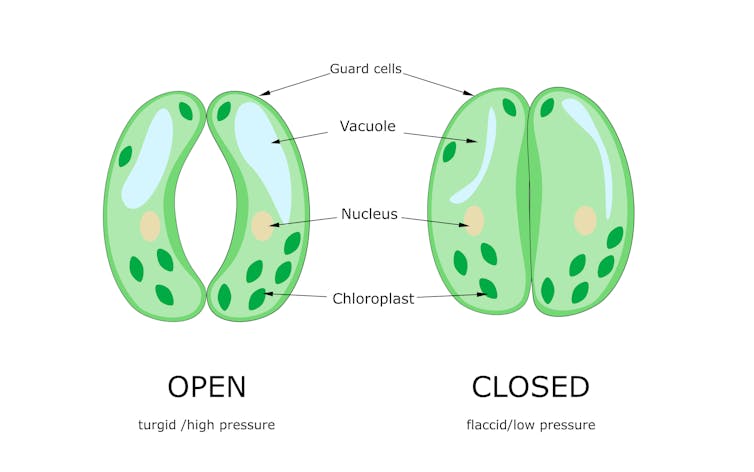

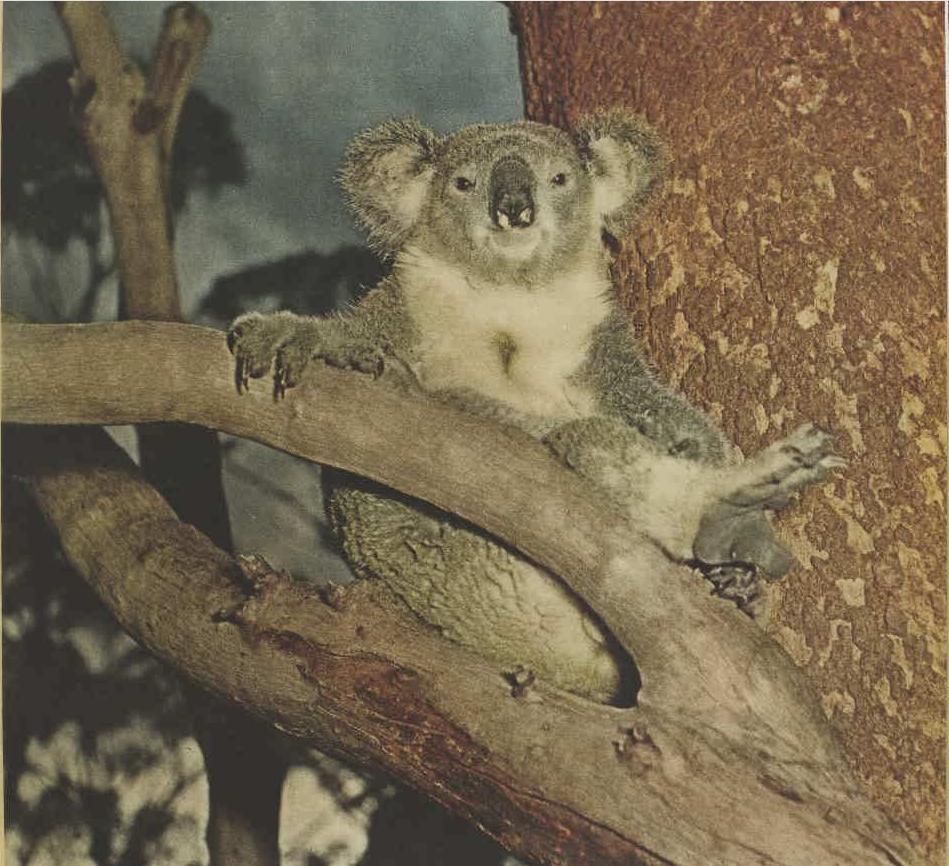








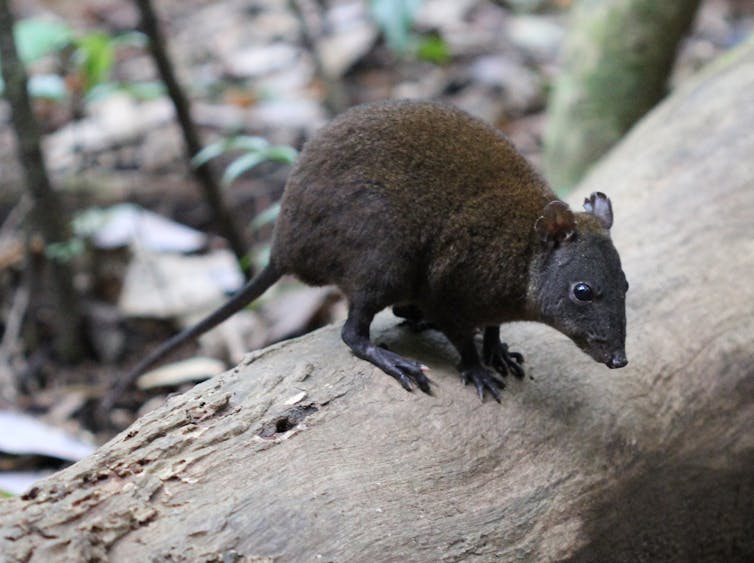

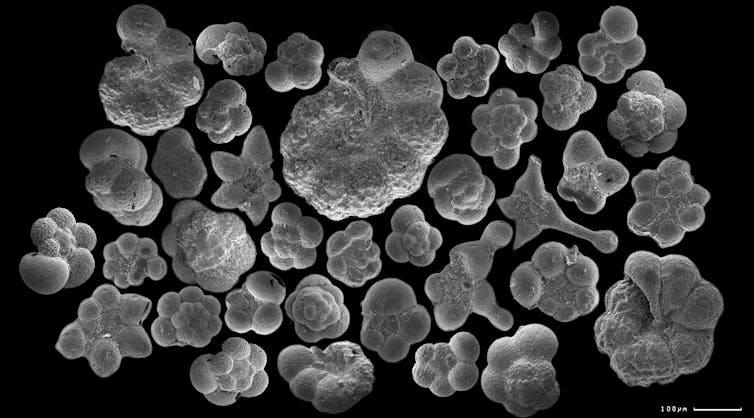
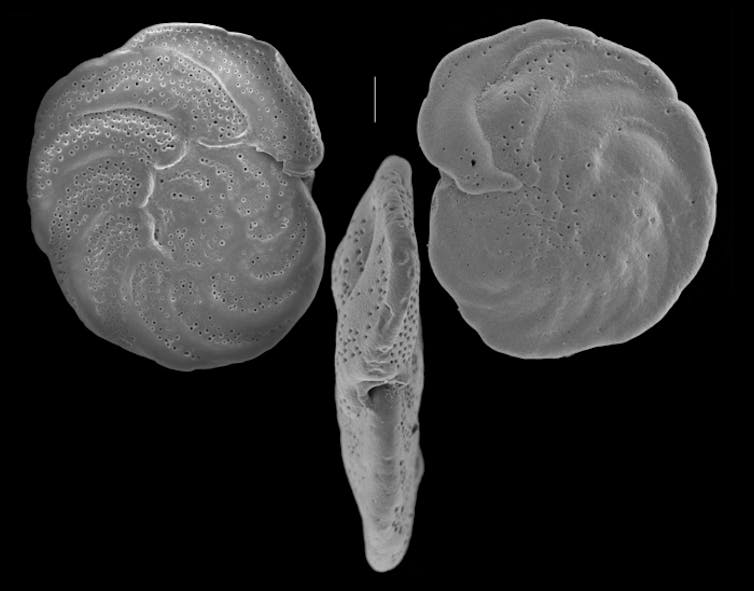
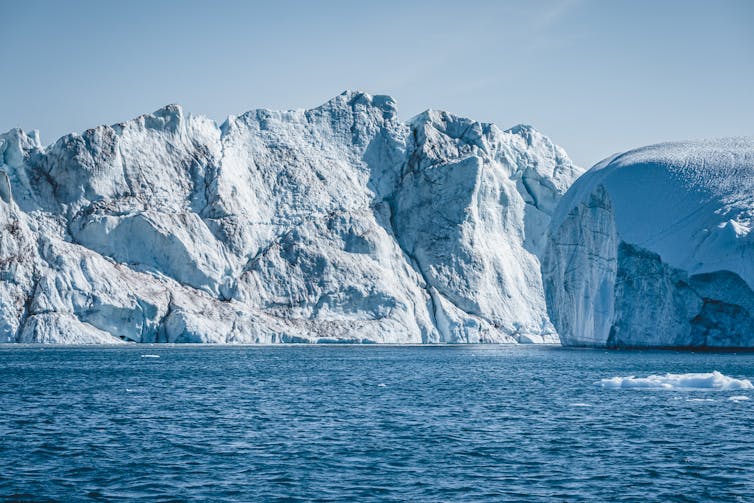
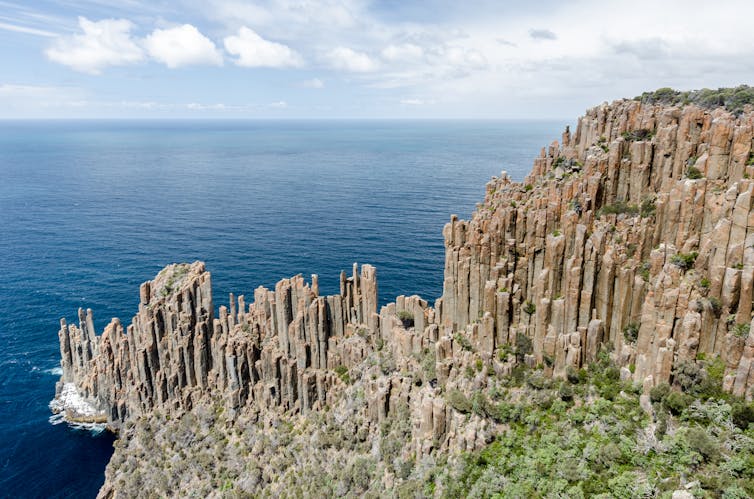

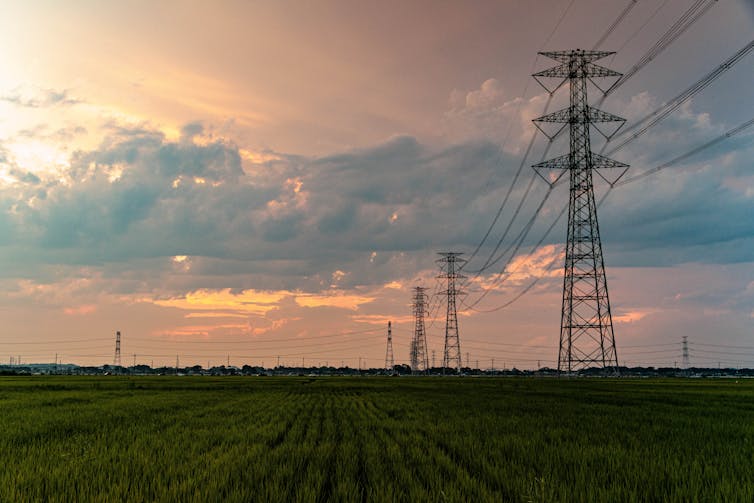


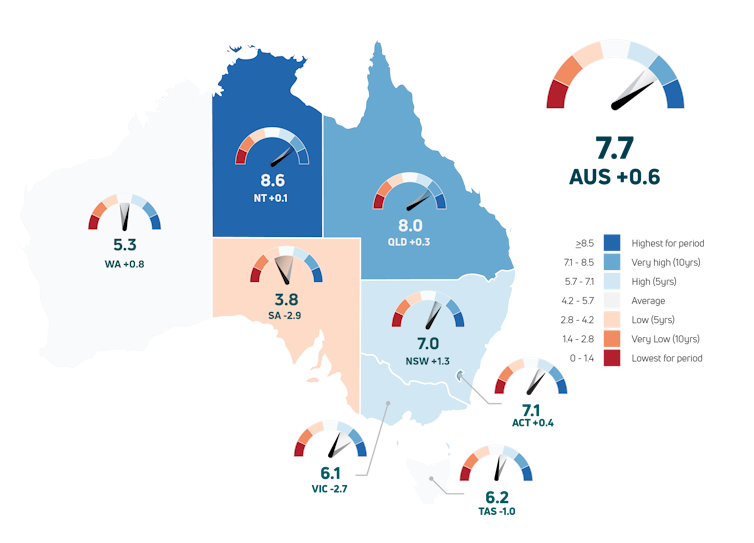
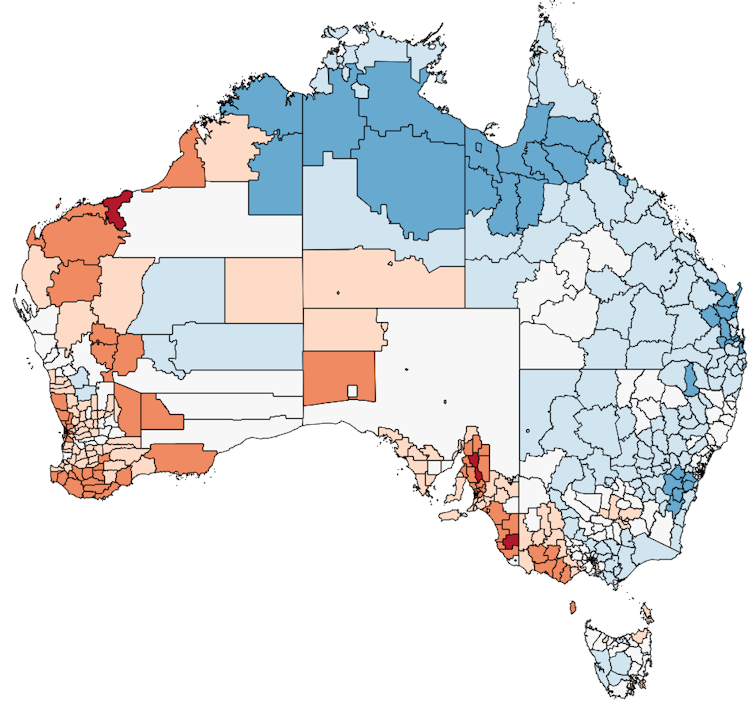
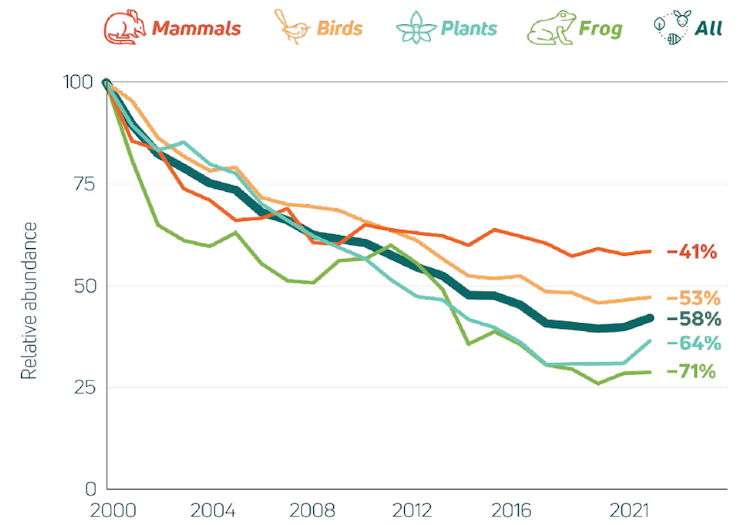
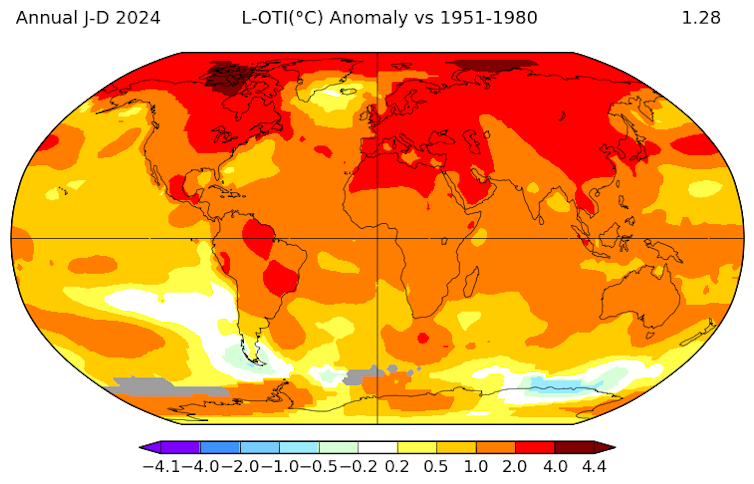

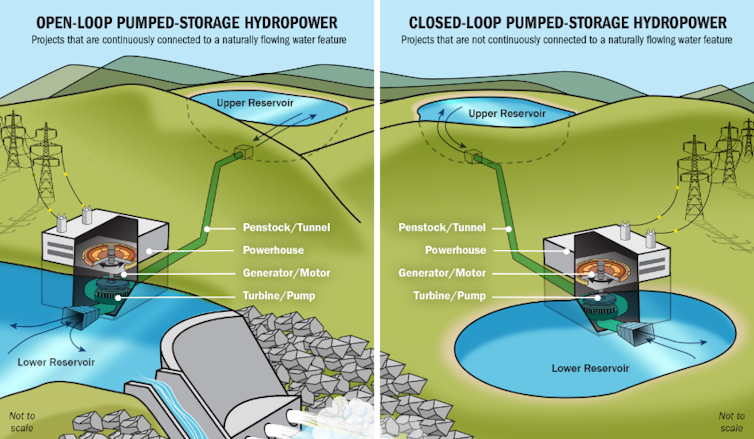
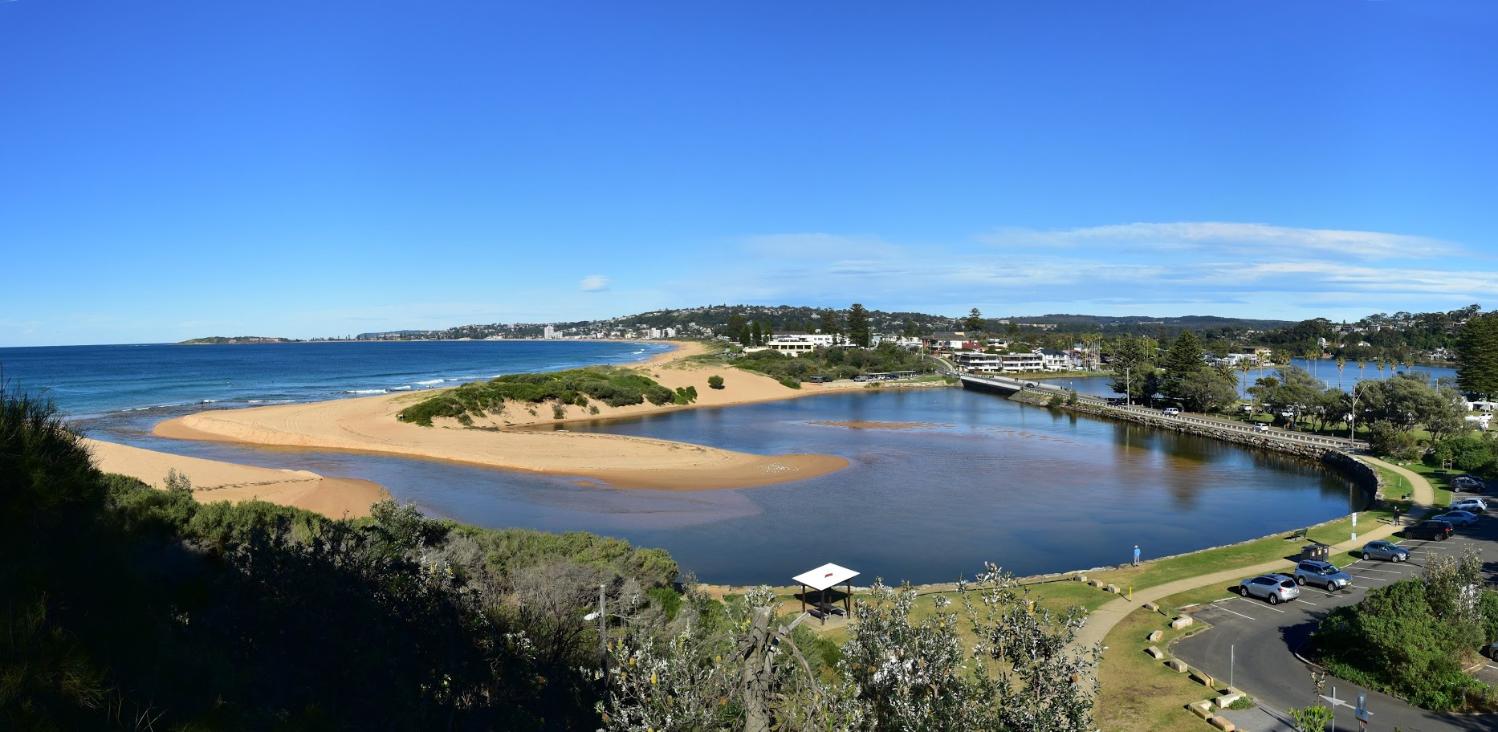
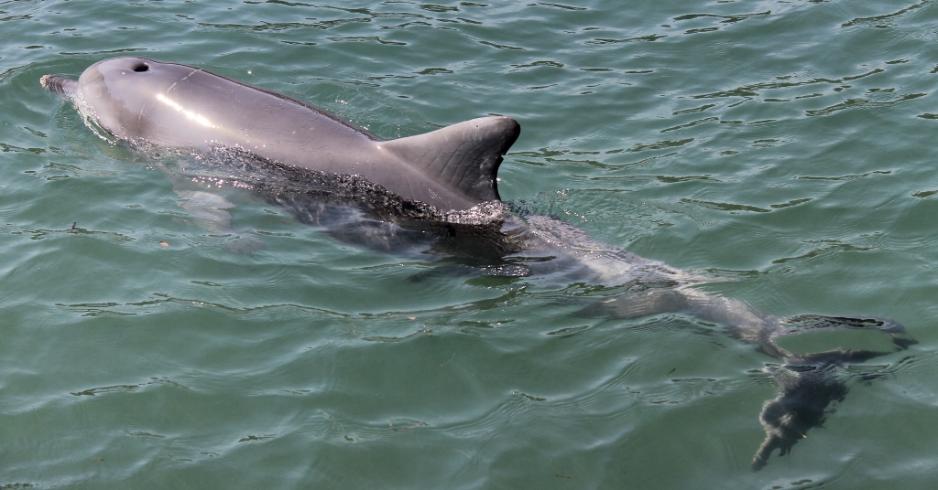
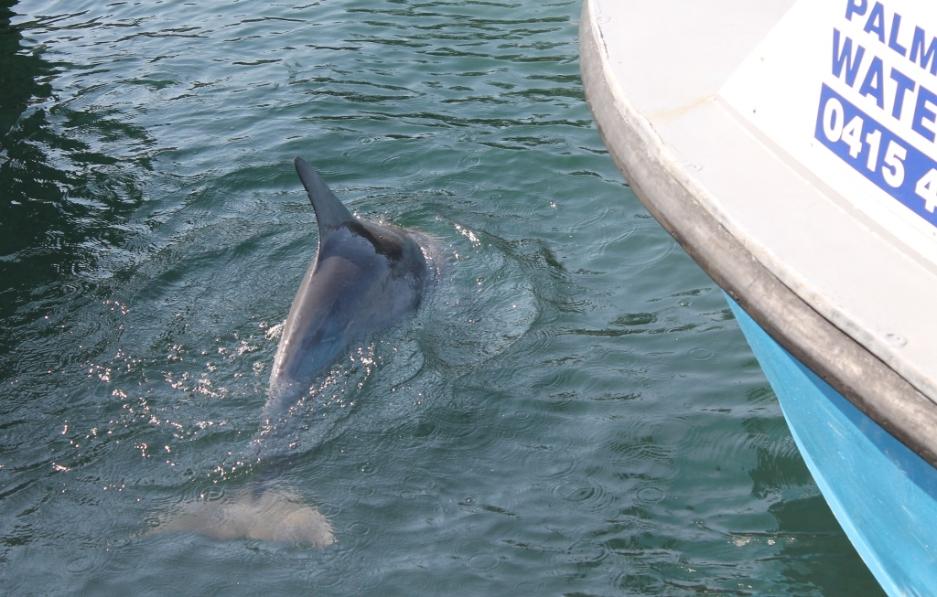
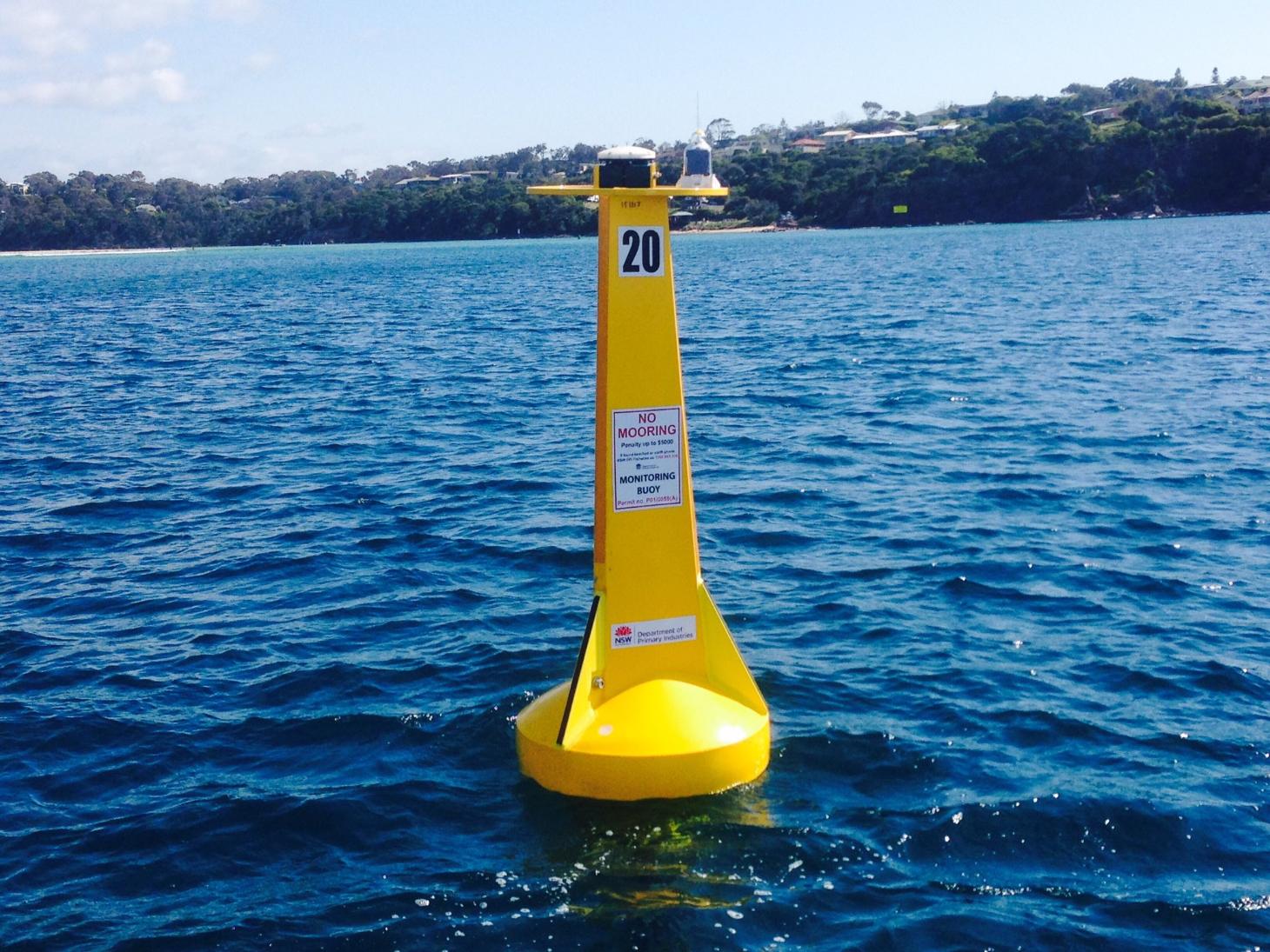
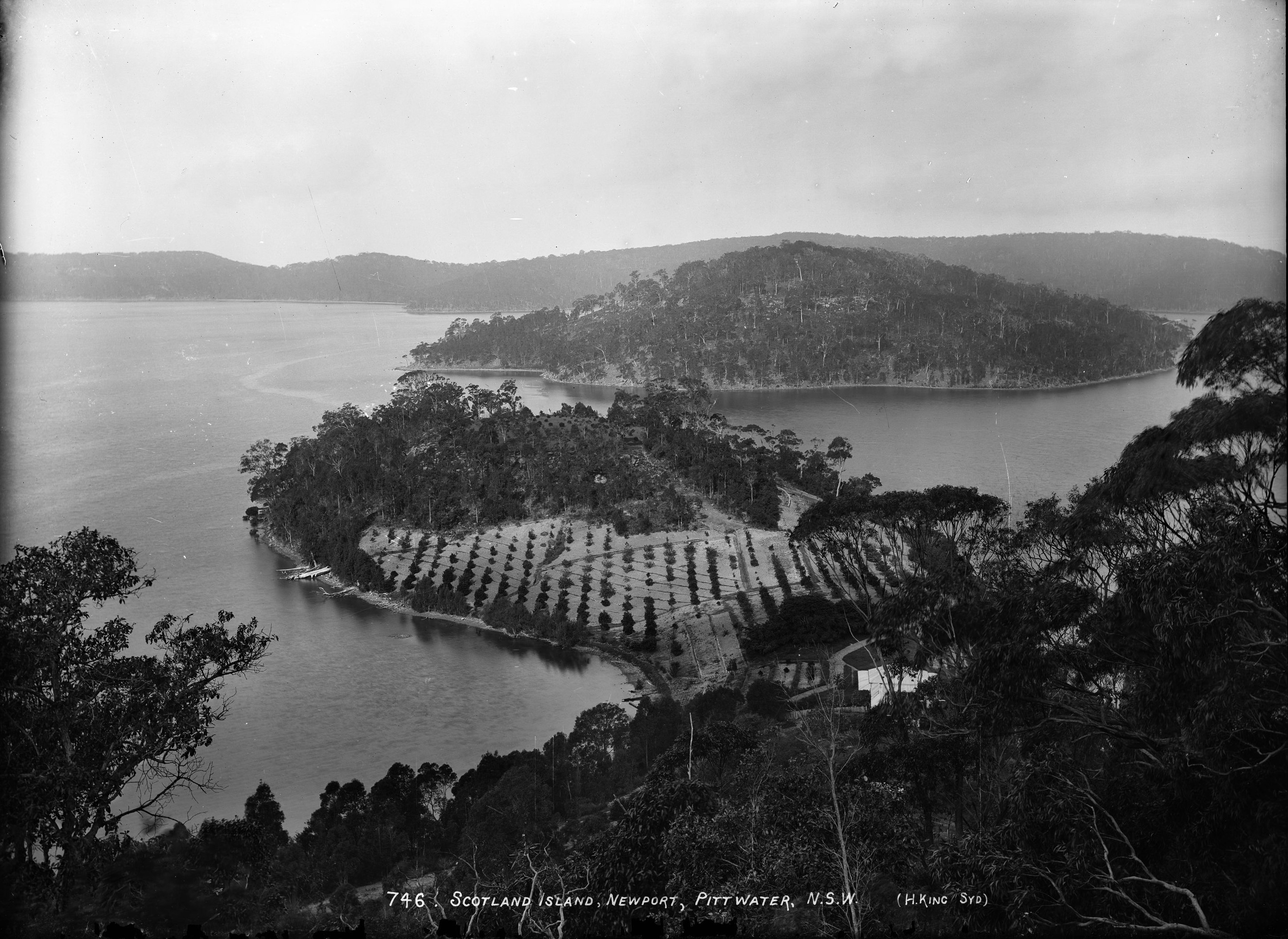
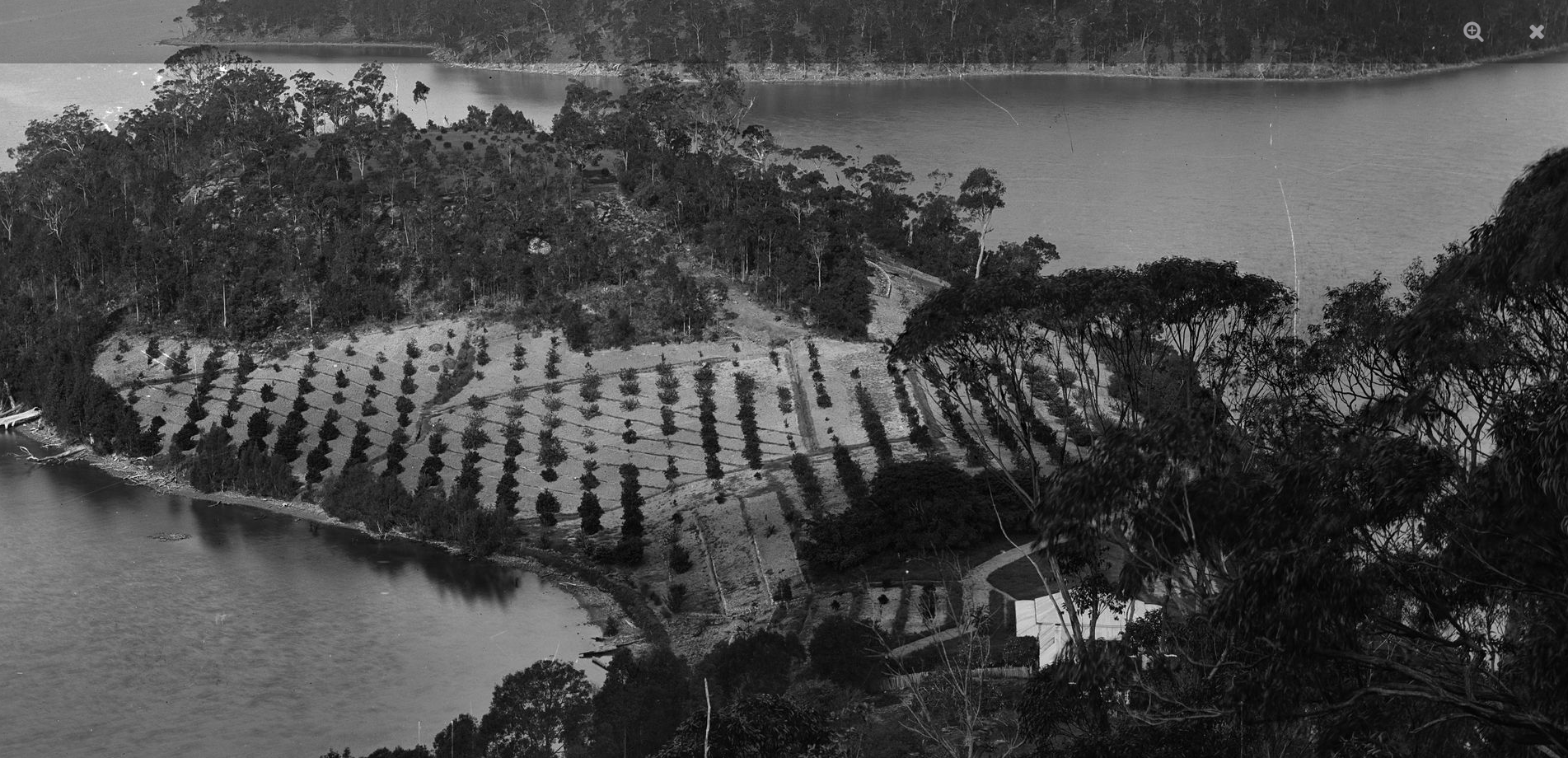

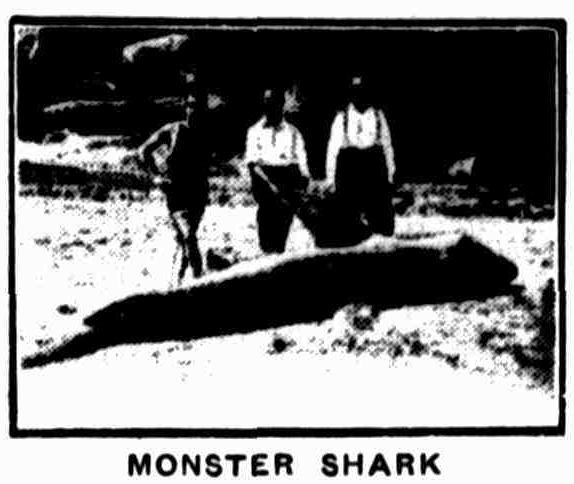
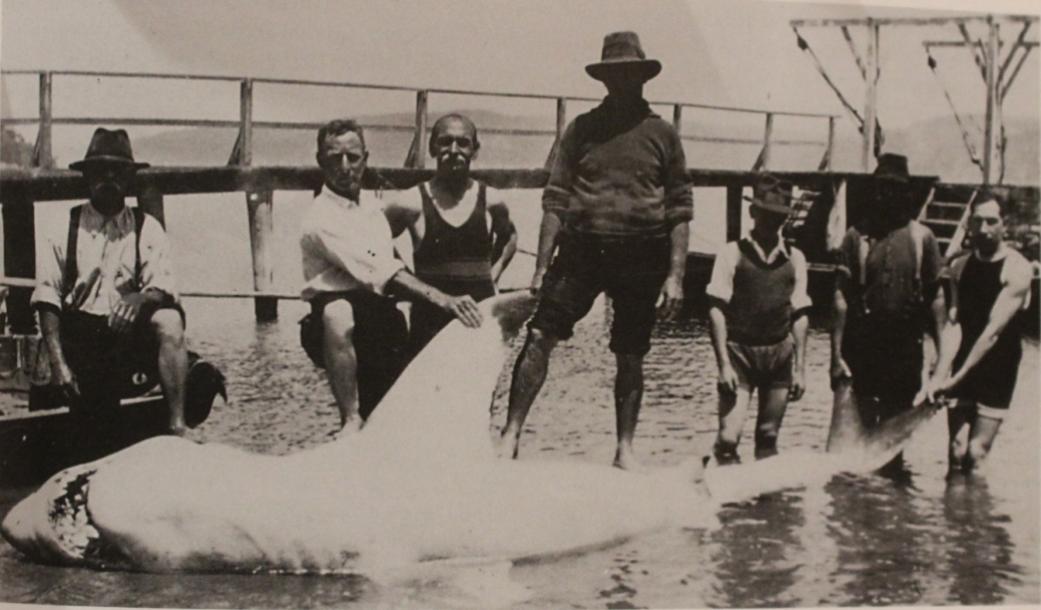
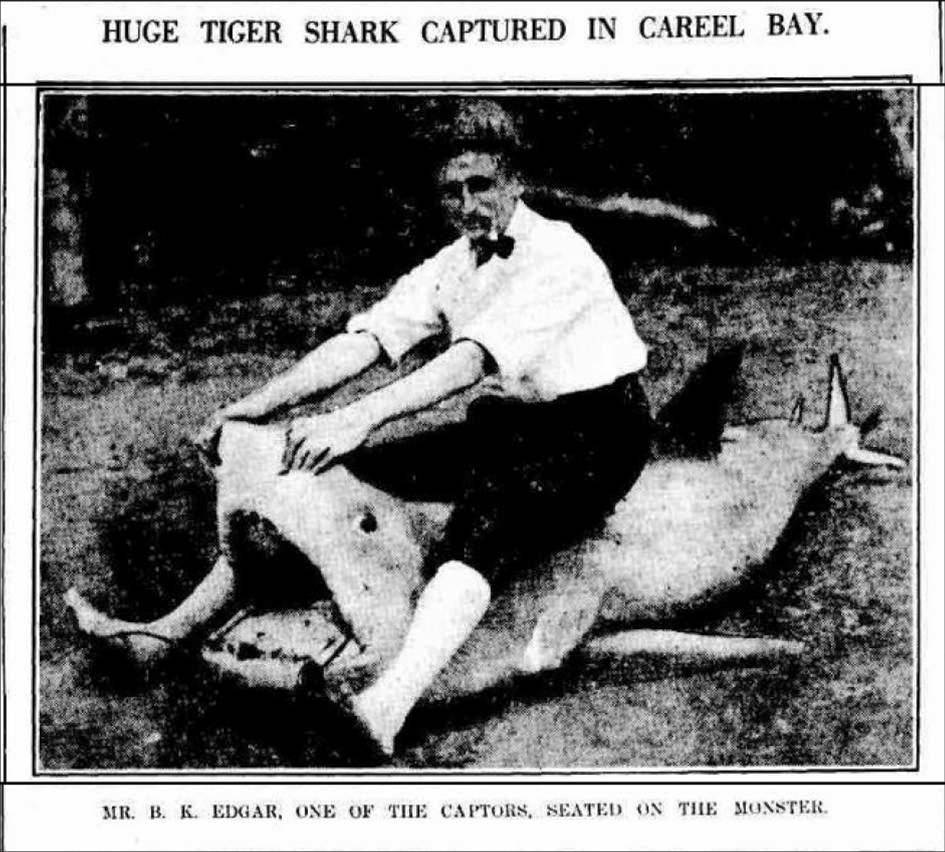
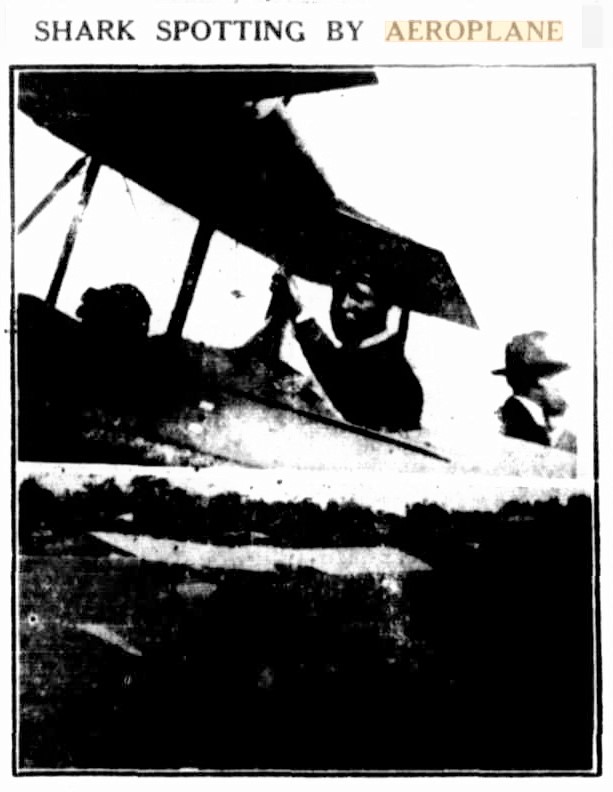

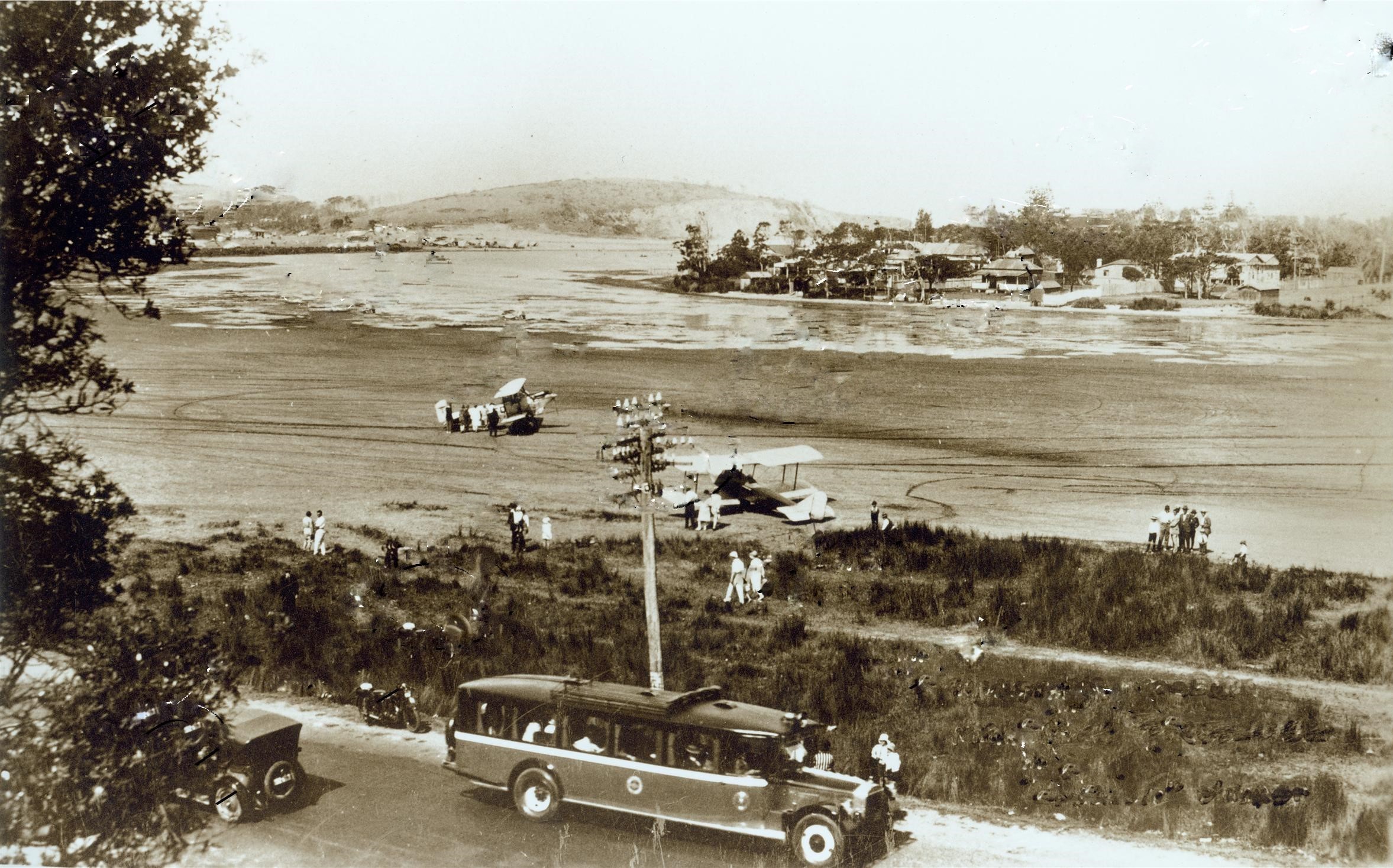
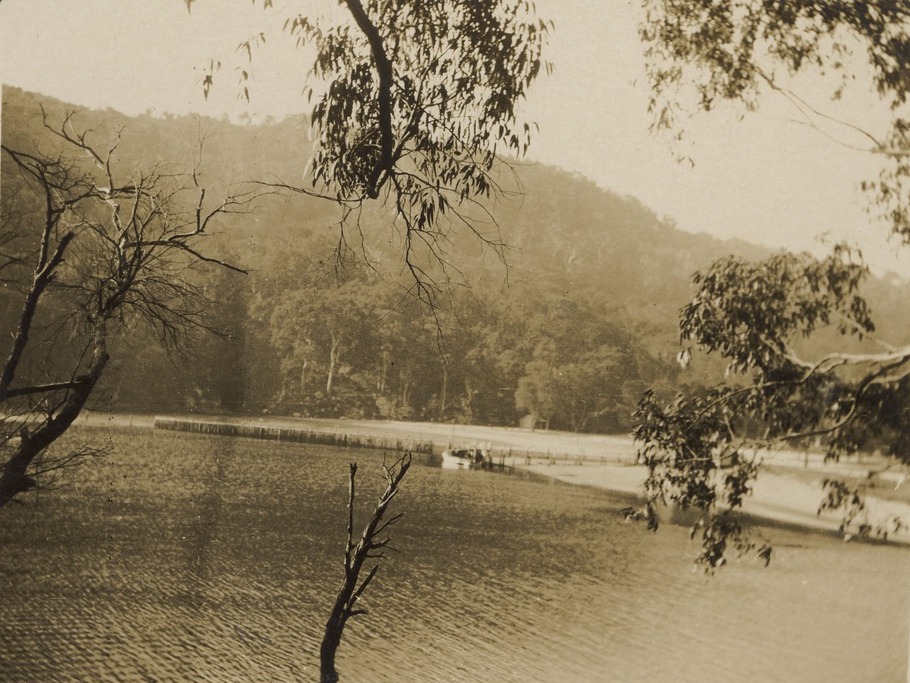
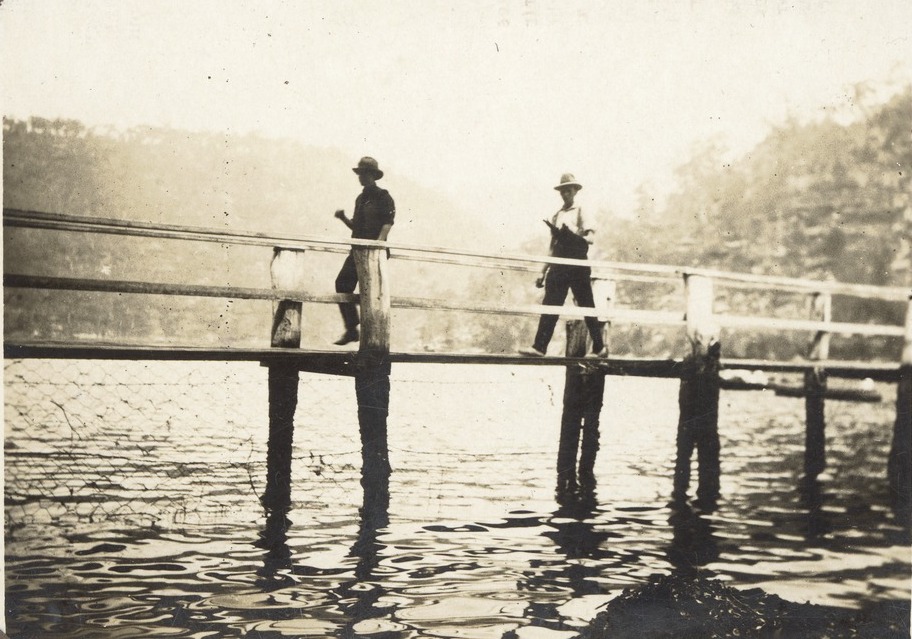
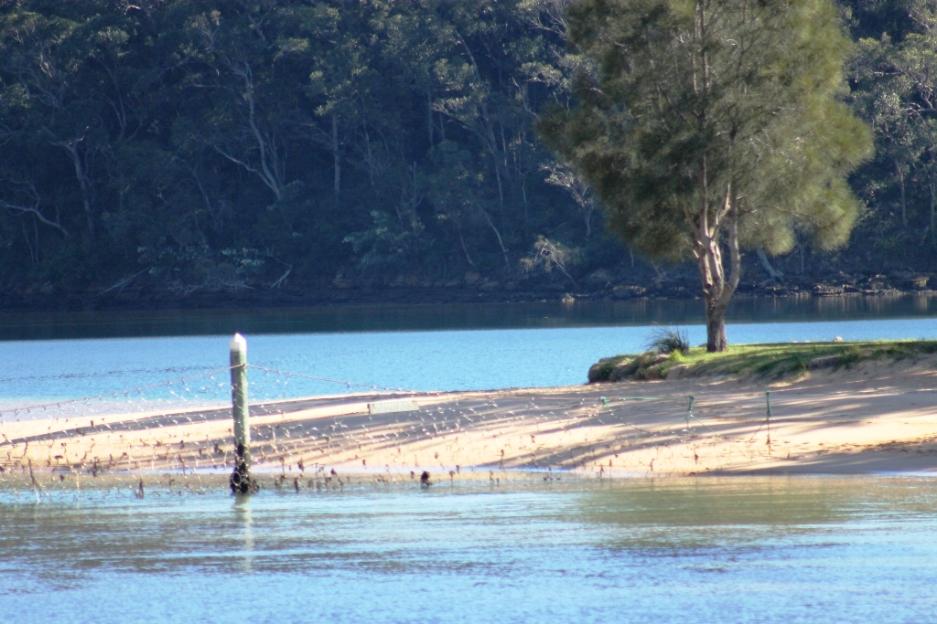
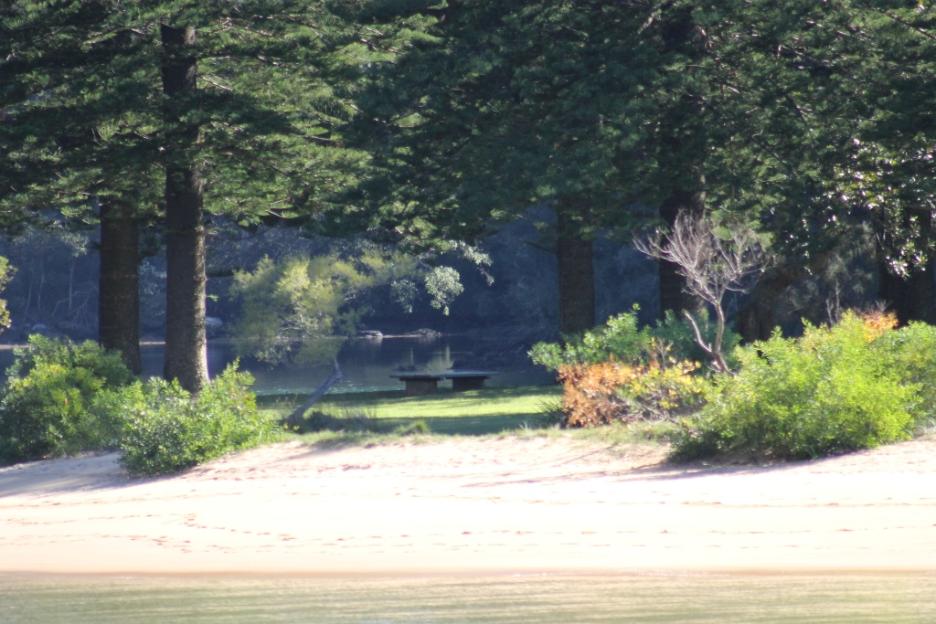
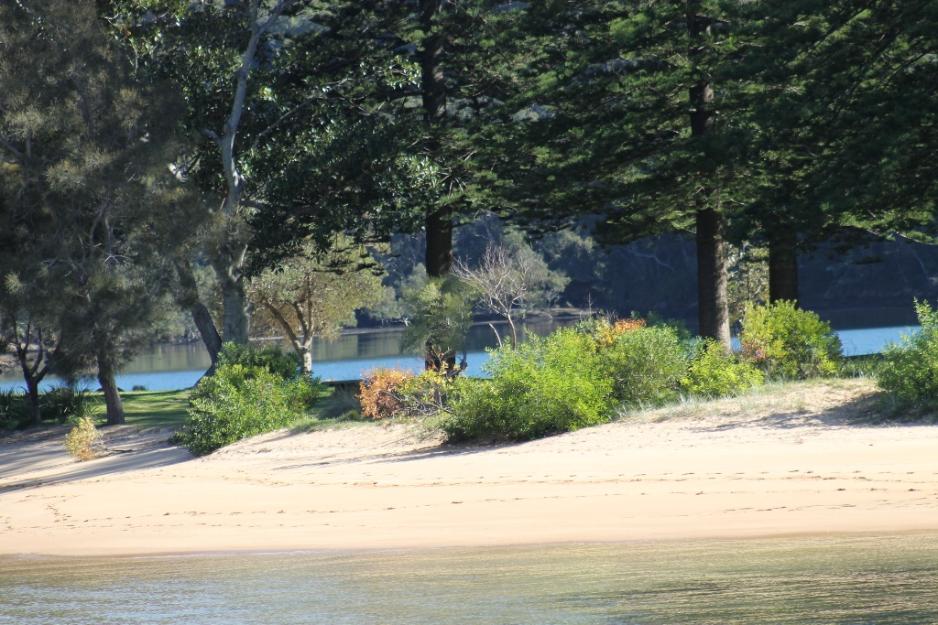
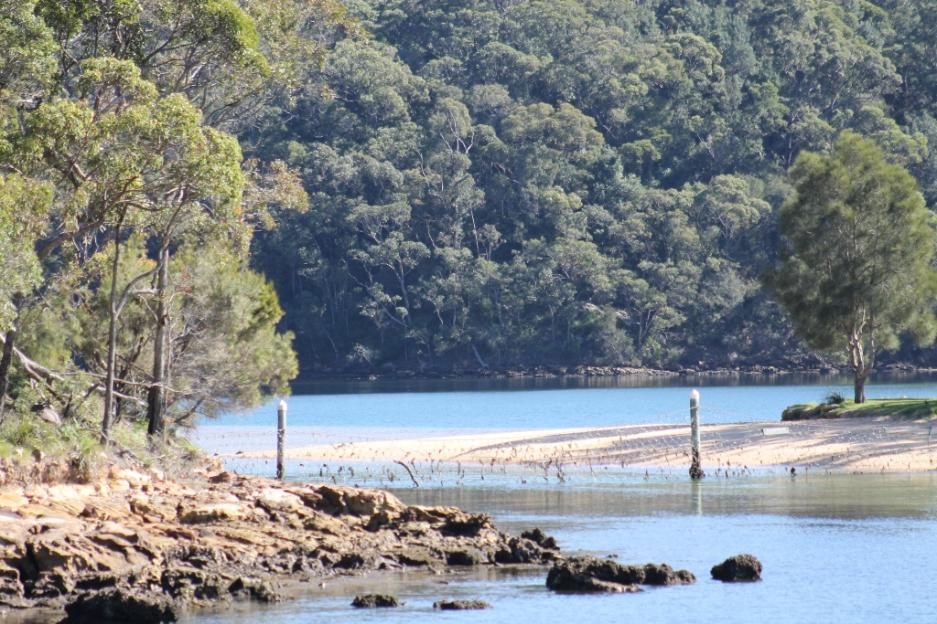
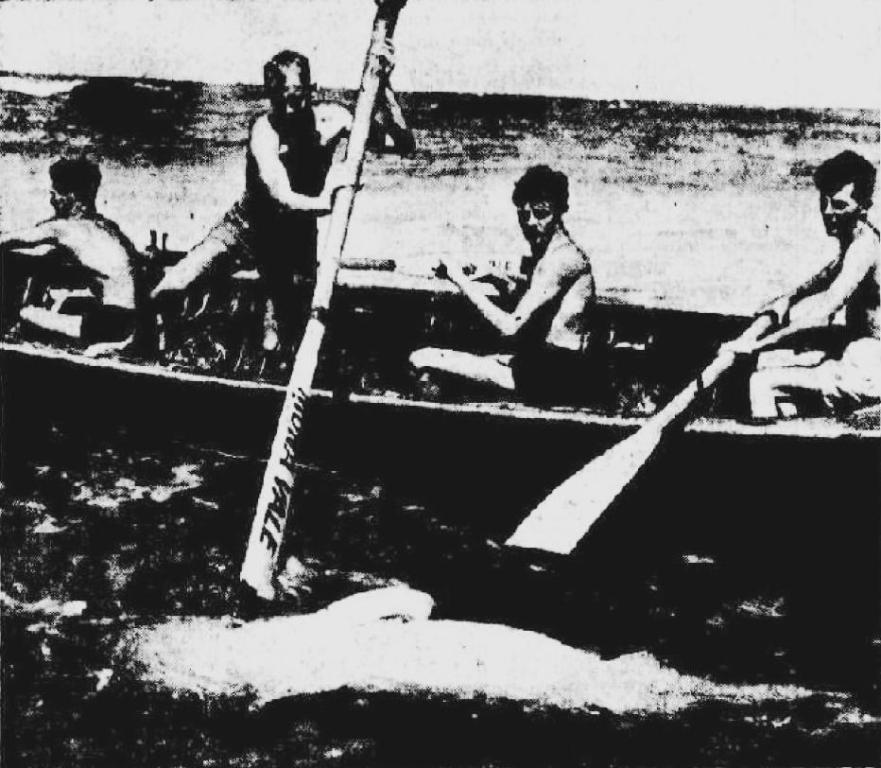
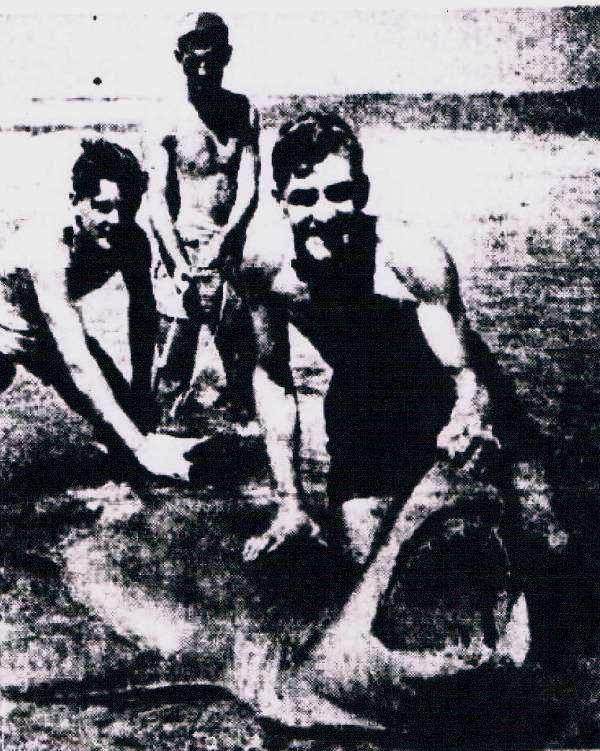

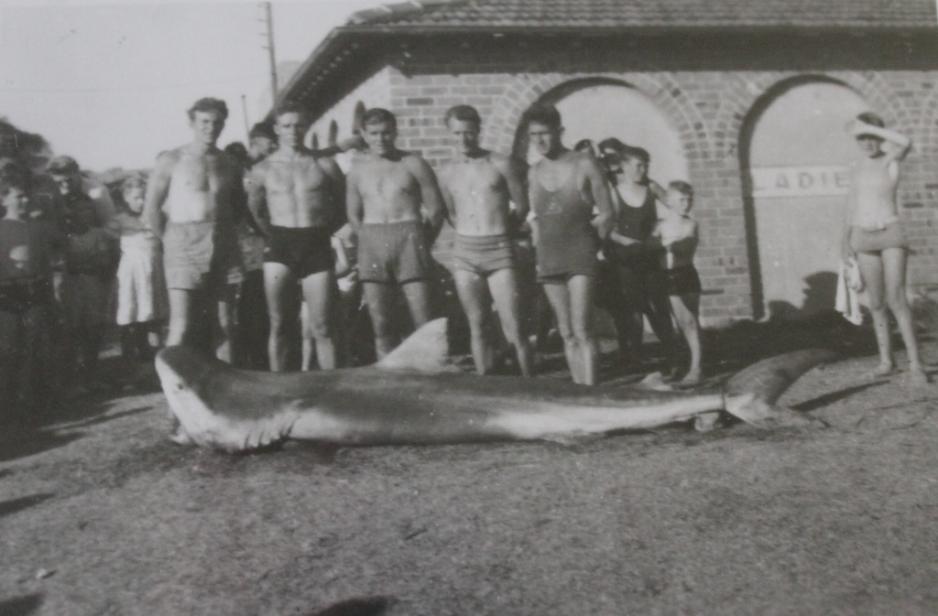



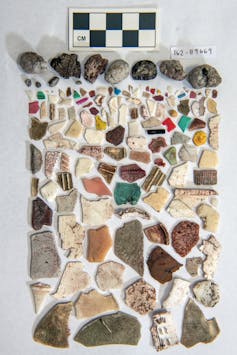

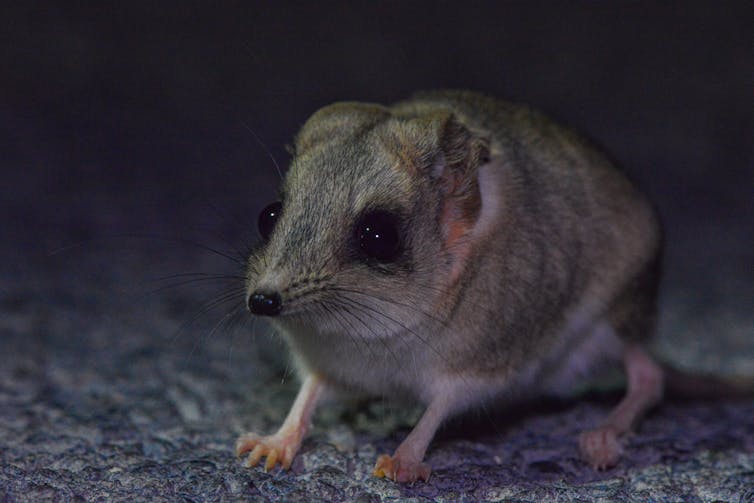
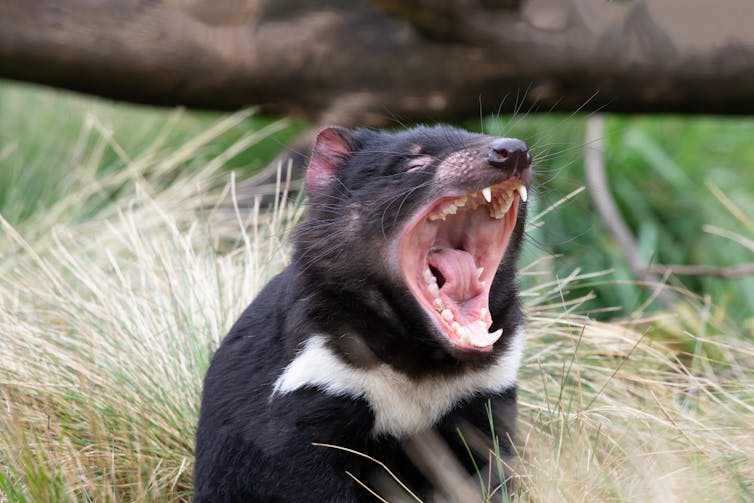



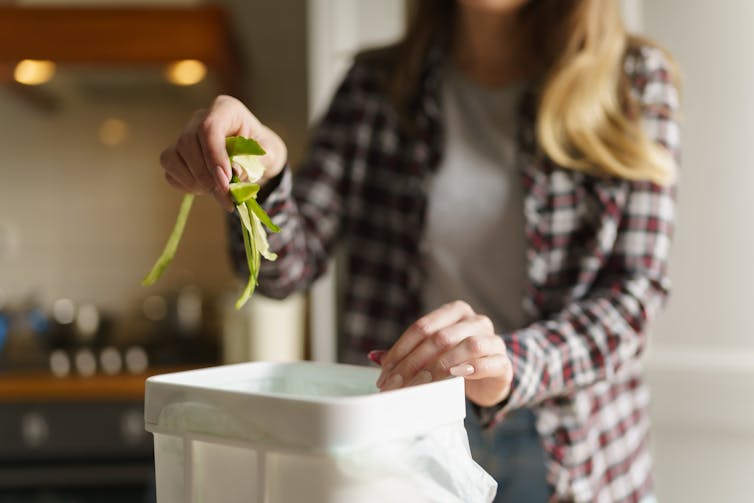
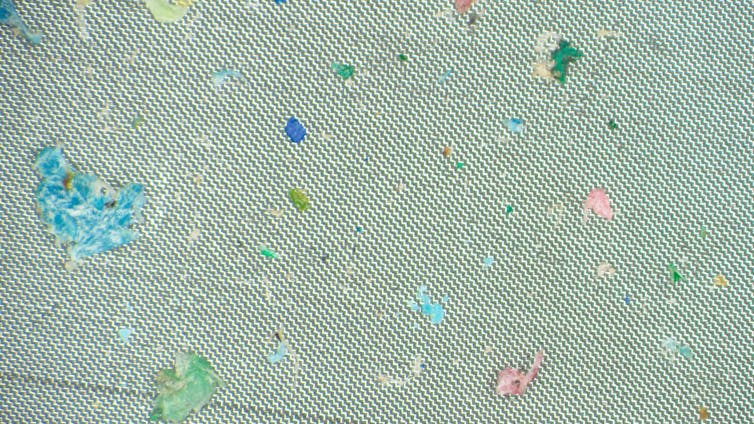

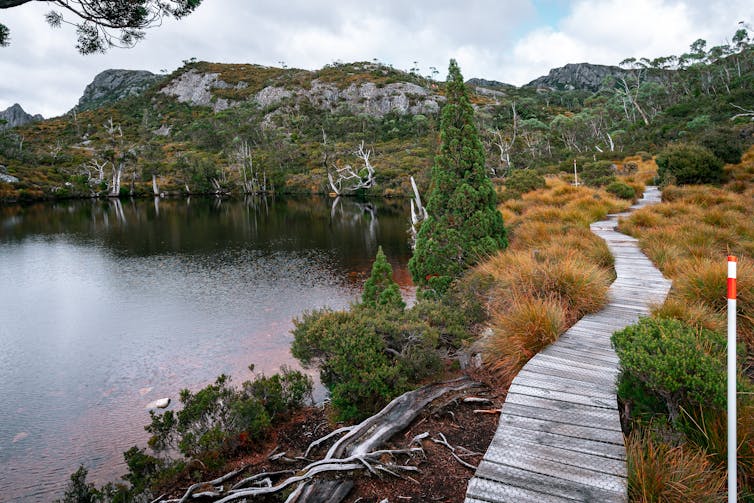

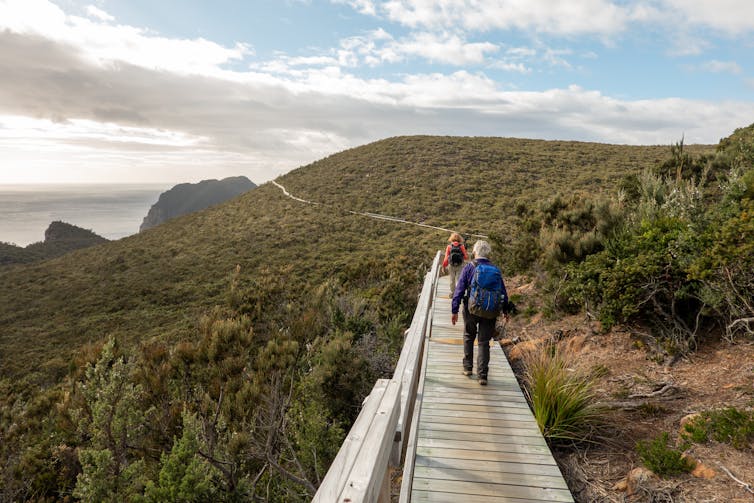
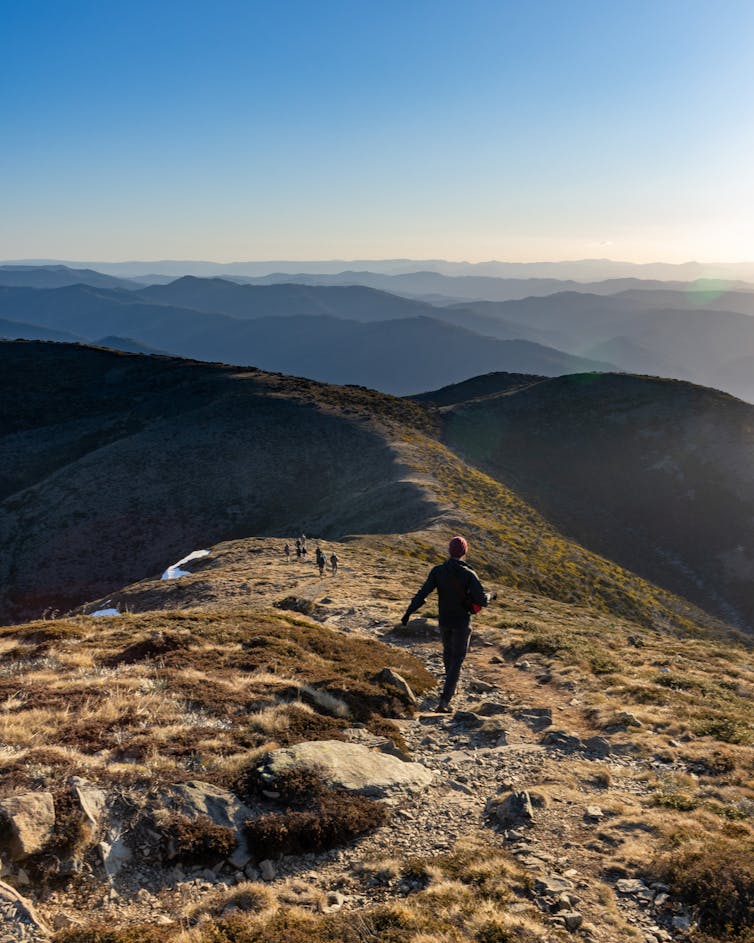










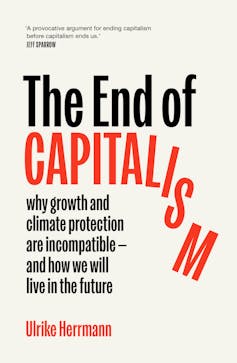
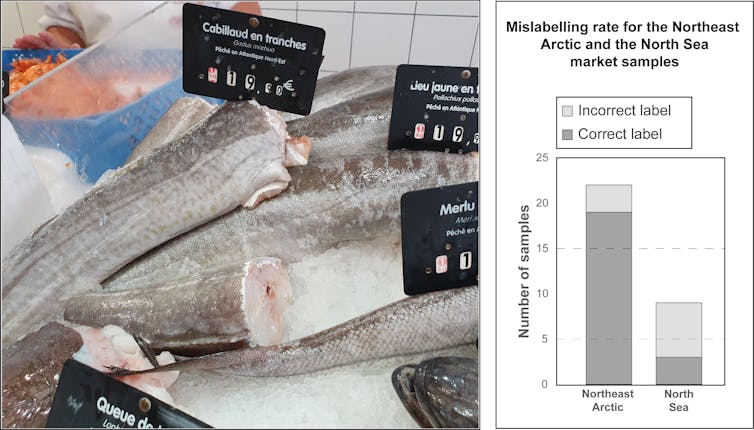
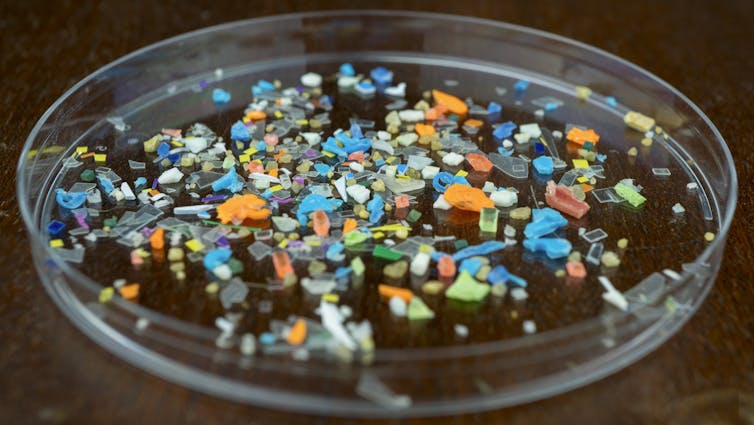
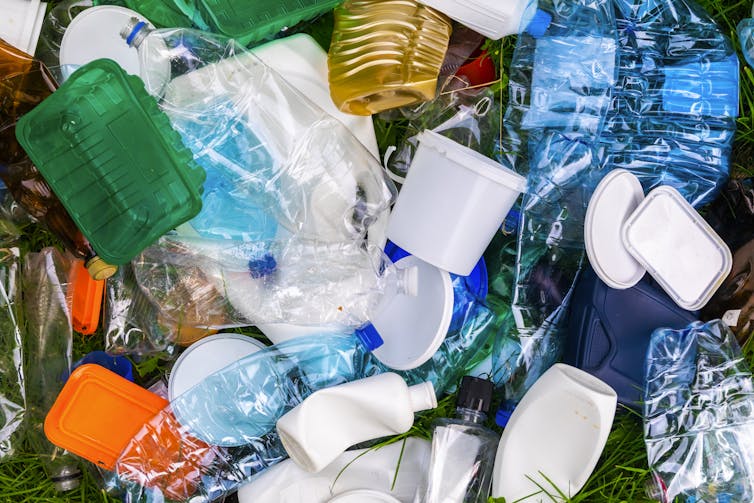
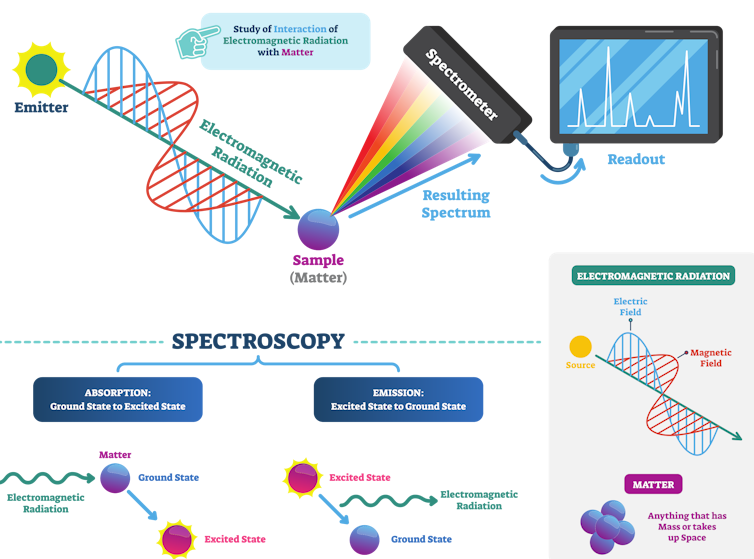
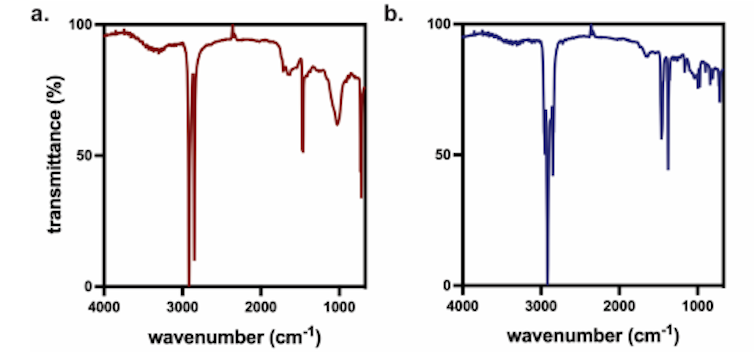
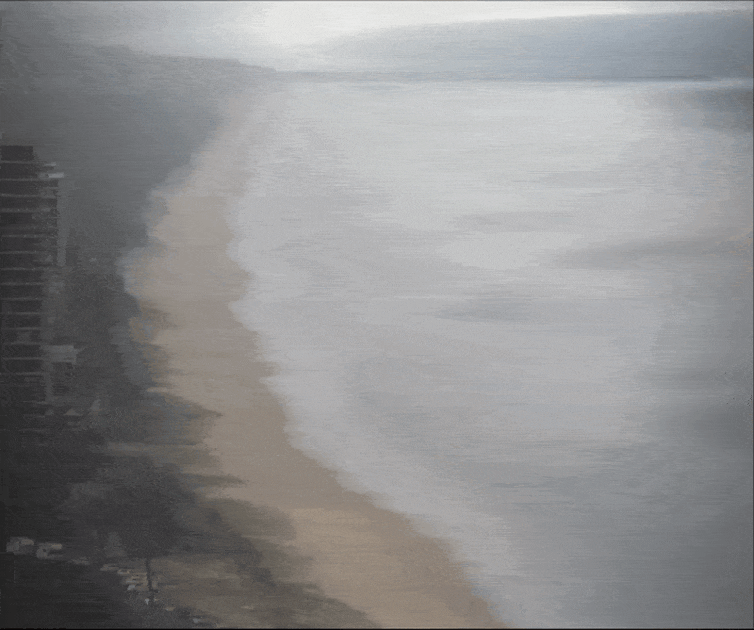
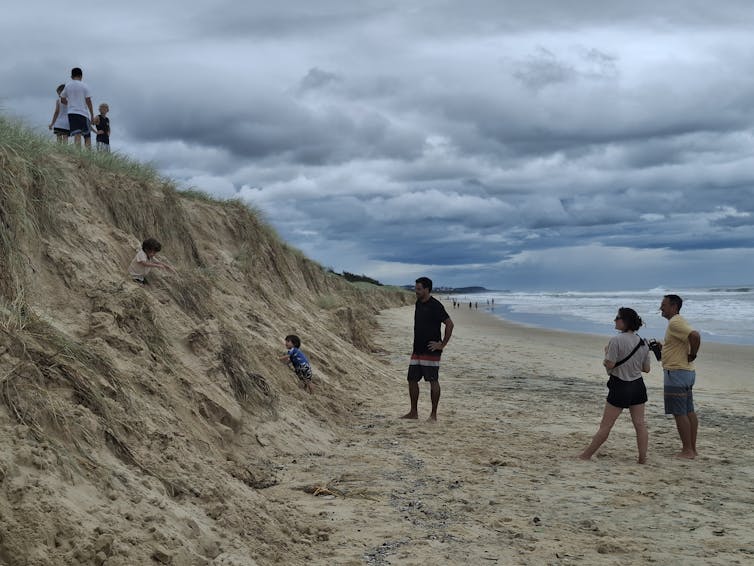
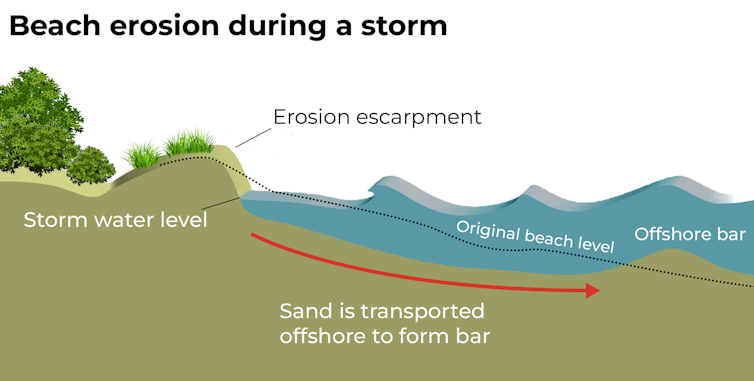

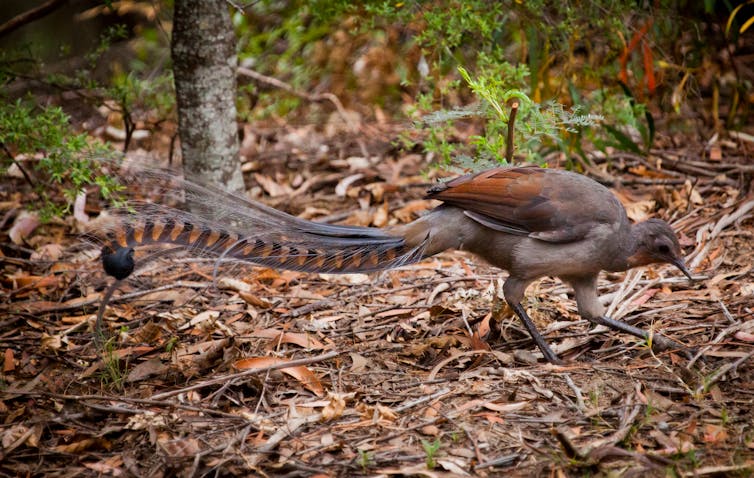

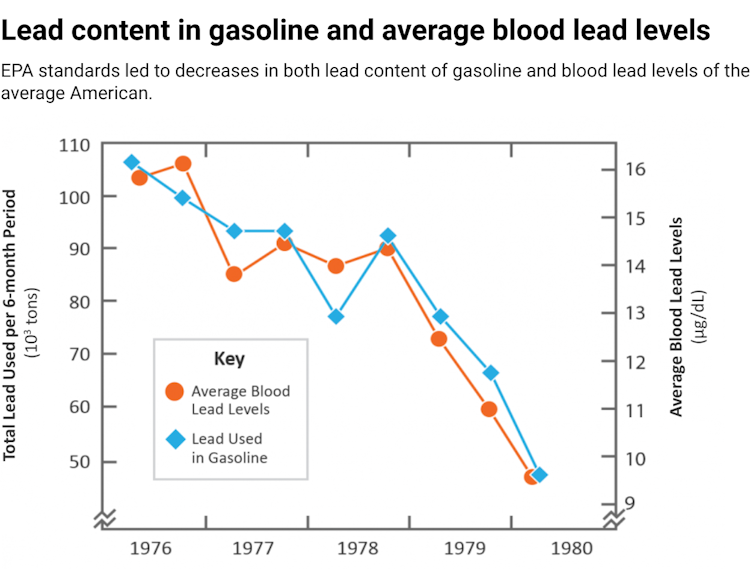
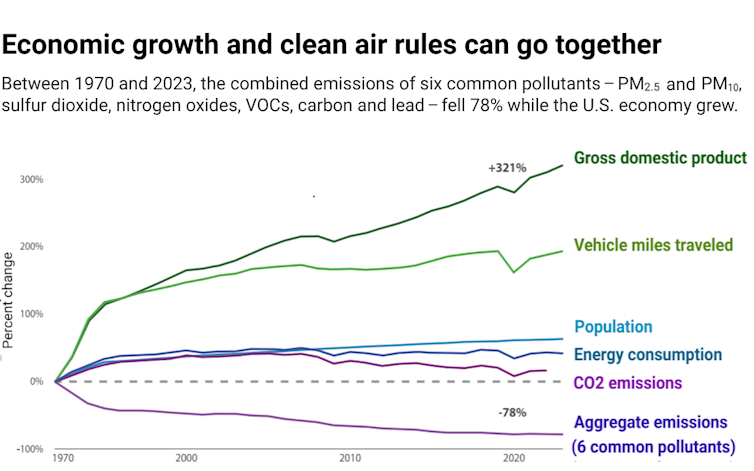

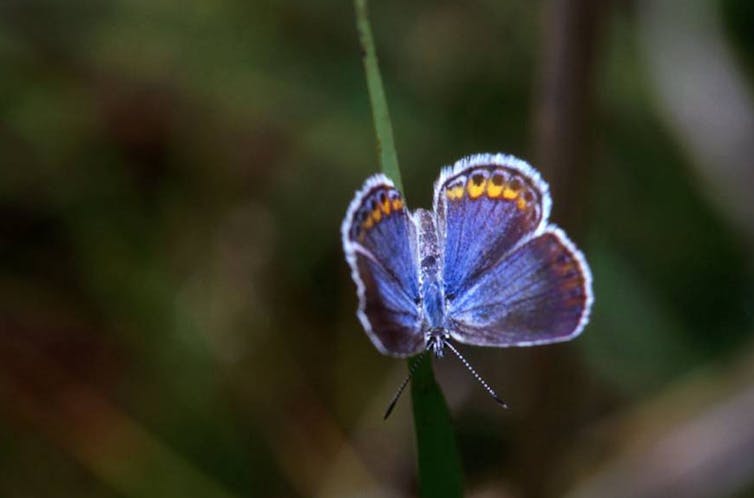

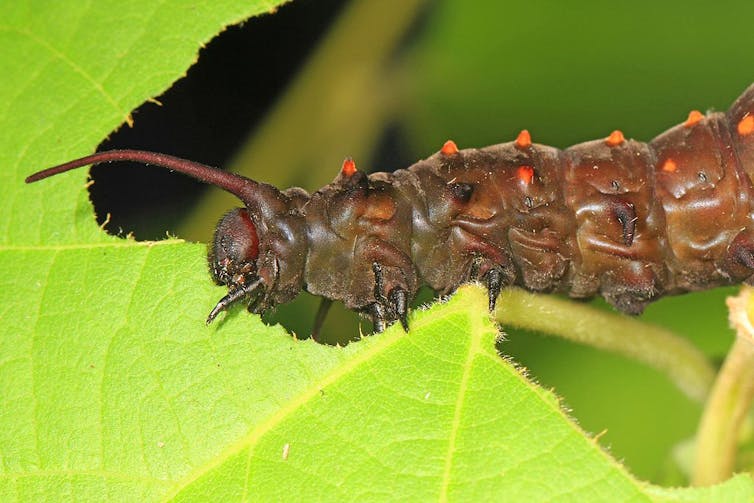

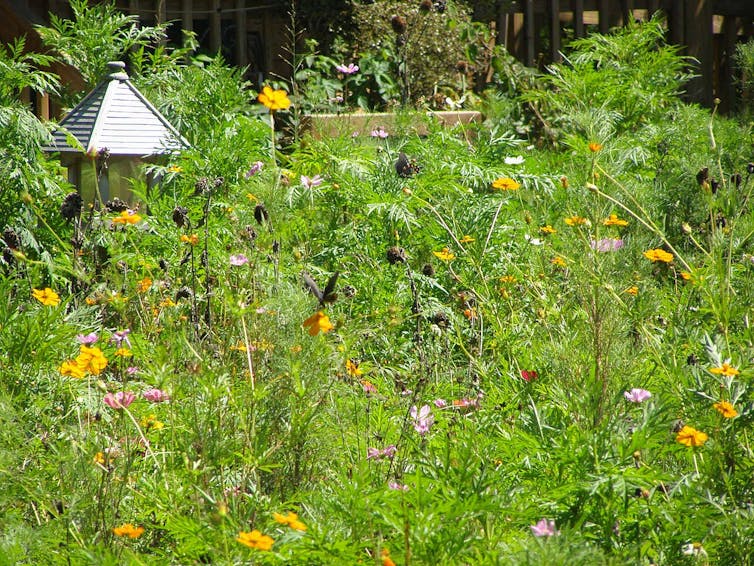




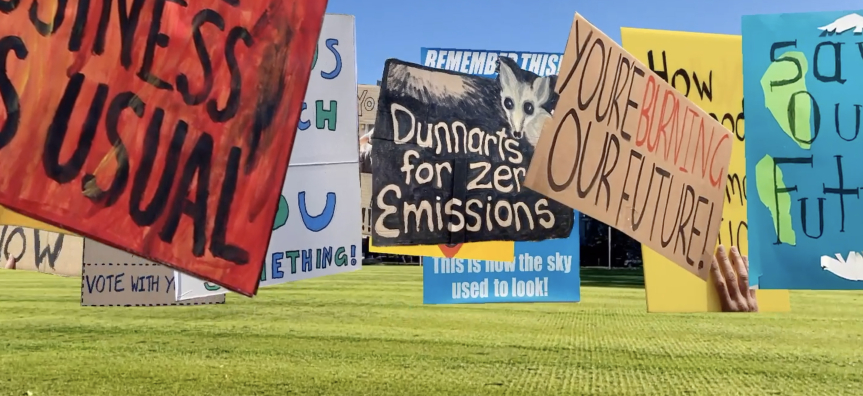

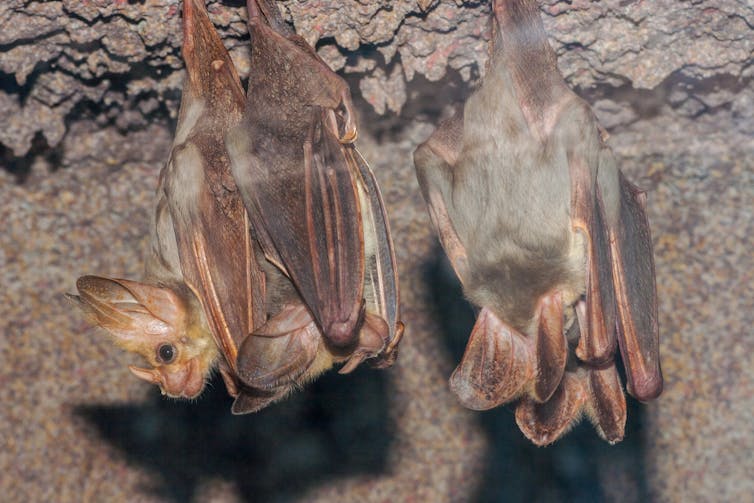
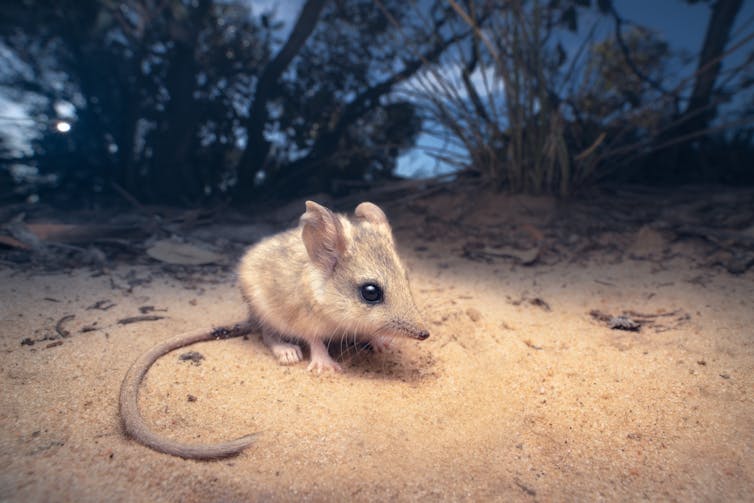





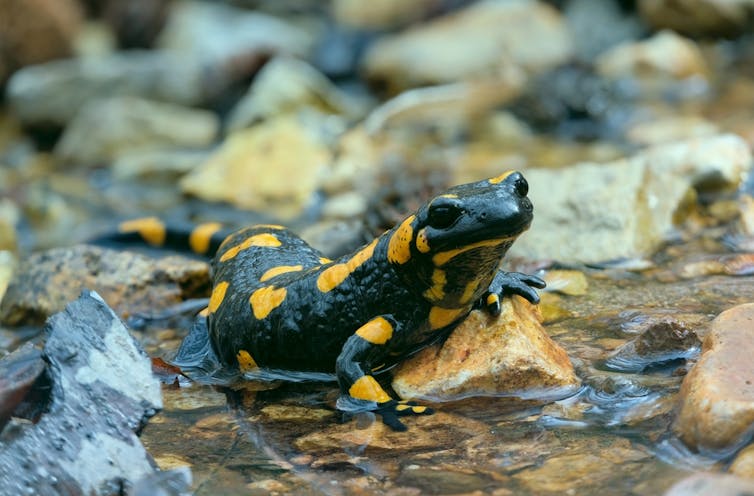


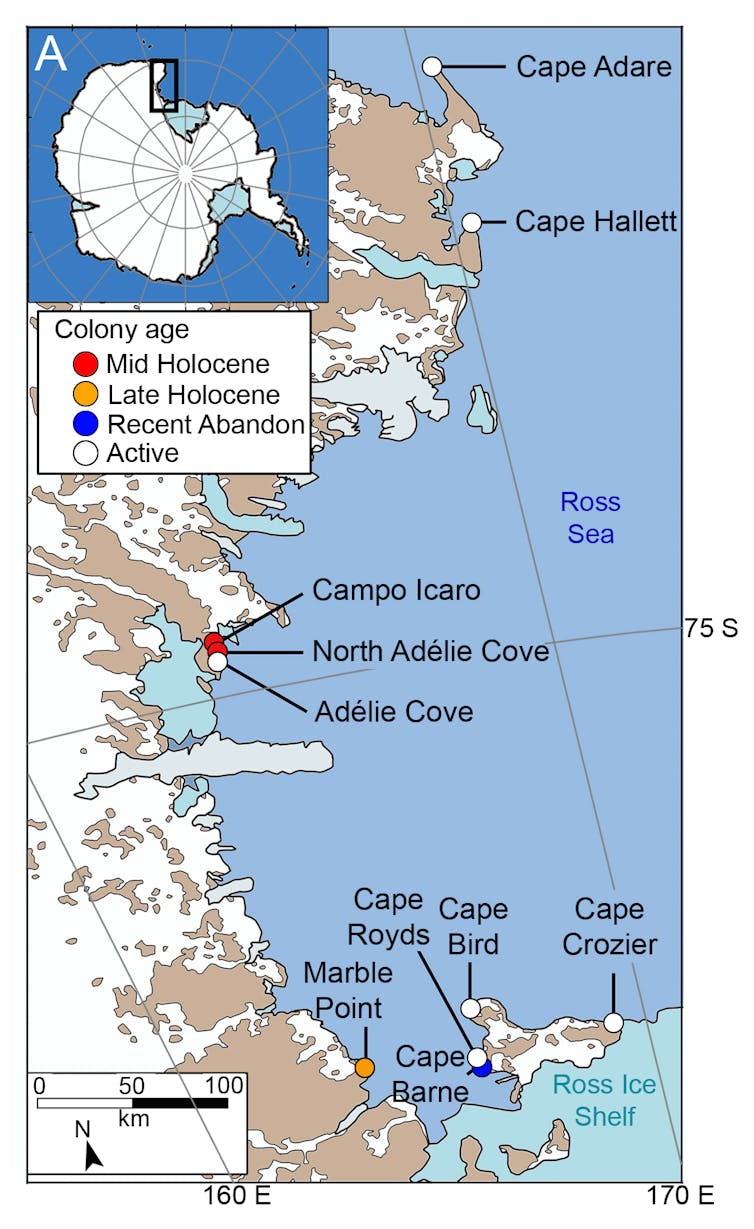
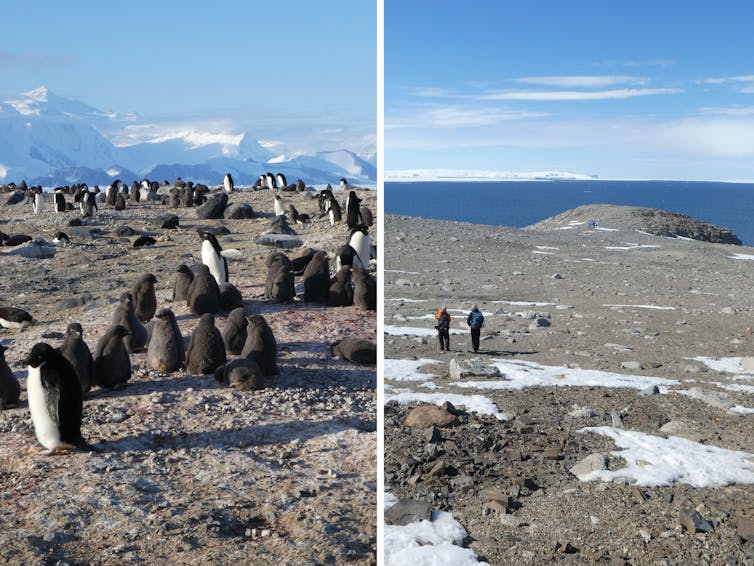
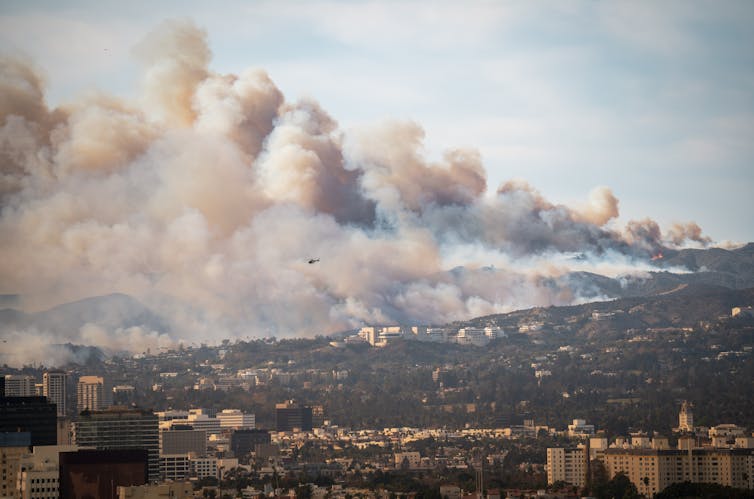




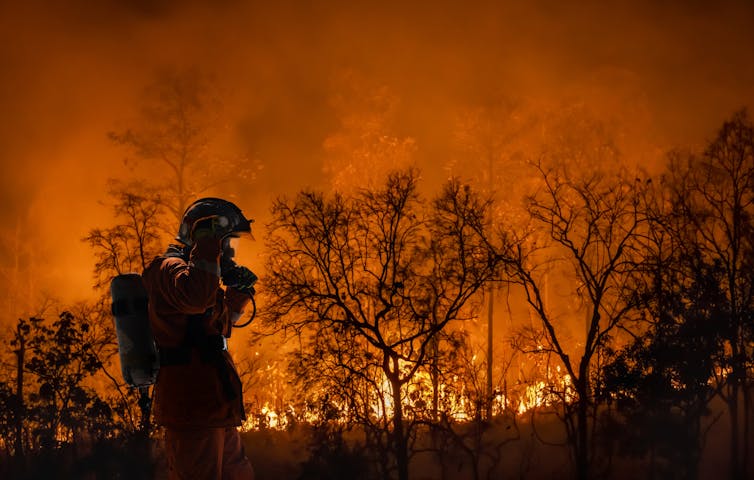



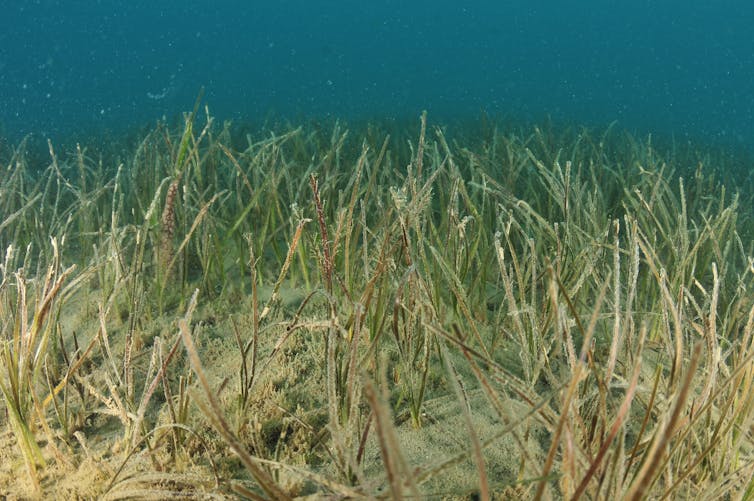
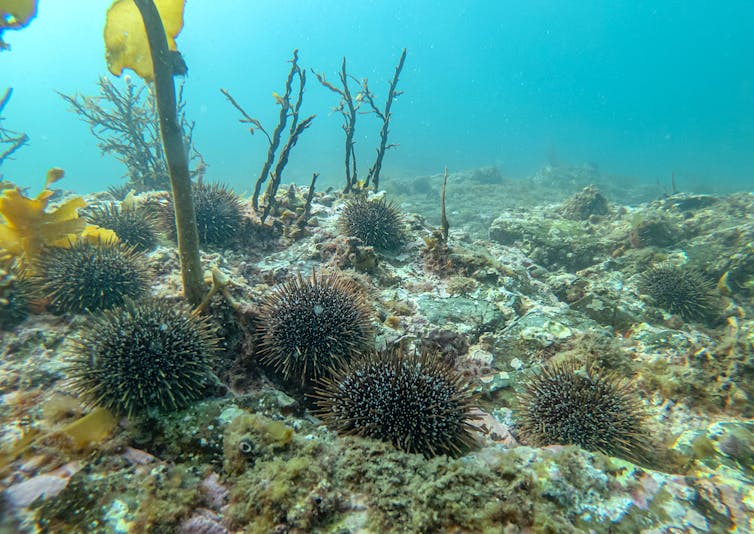

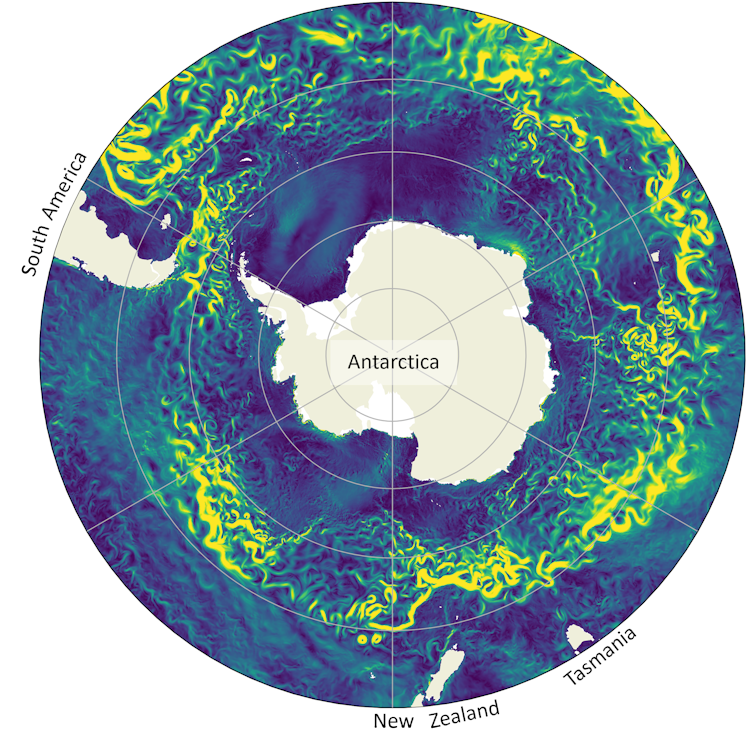

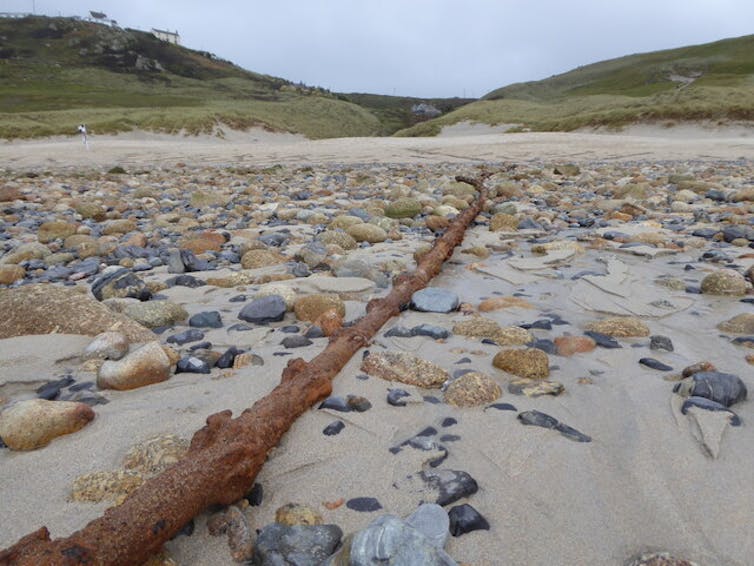
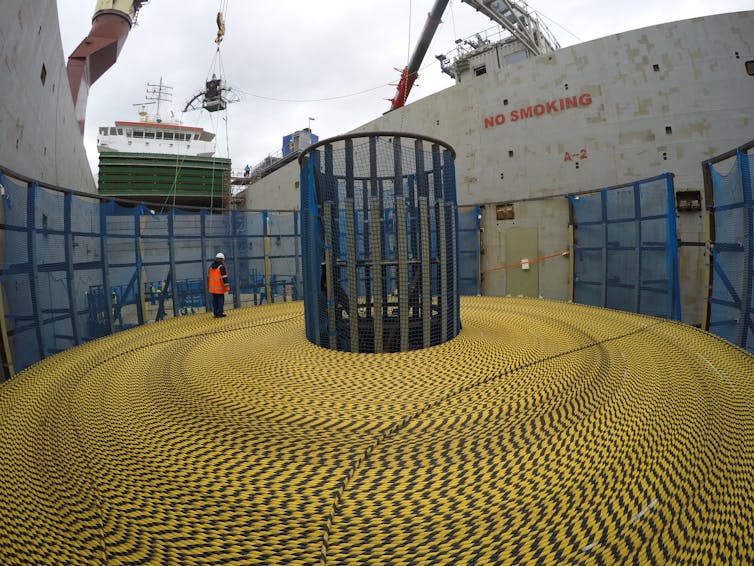
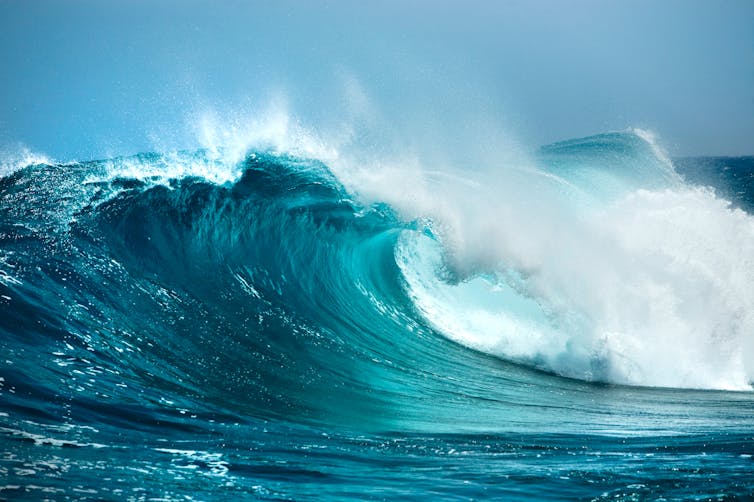

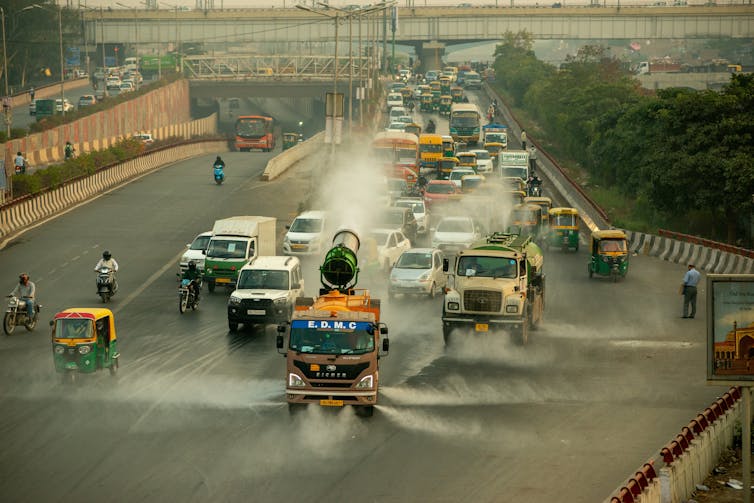


%20by%20ecosystem.jpeg?timestamp=1740694094967)
%20by%20ecosystem.jpeg?timestamp=1740694392033)






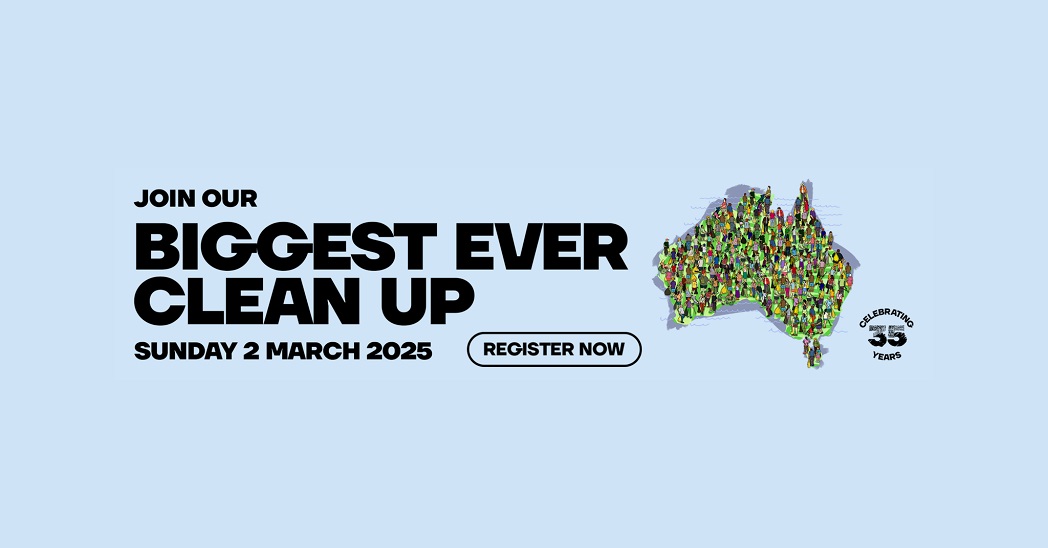




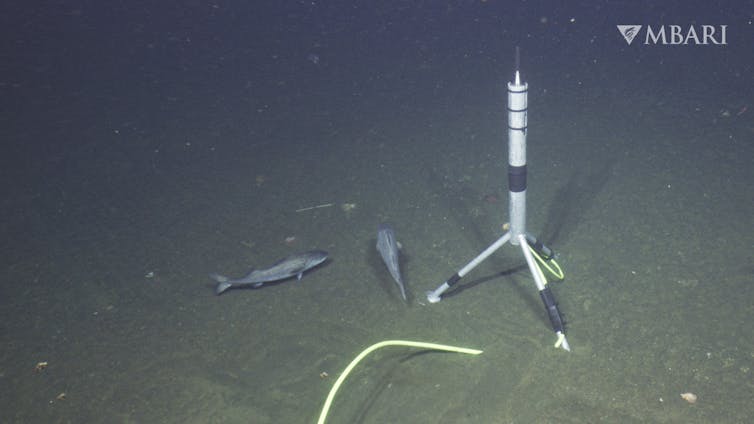
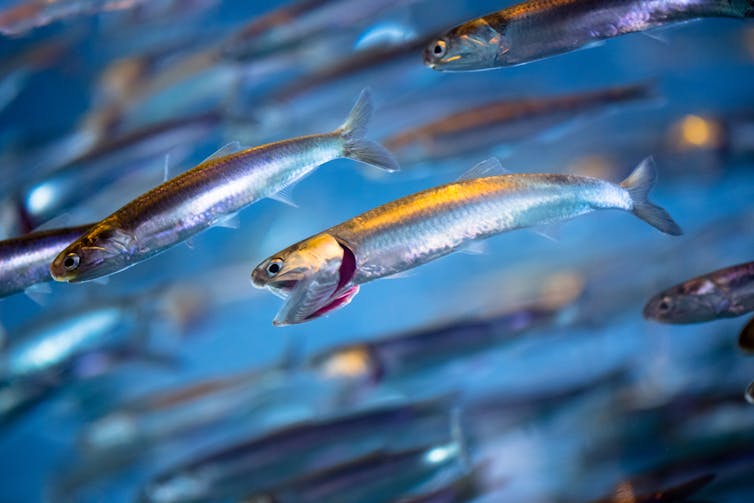
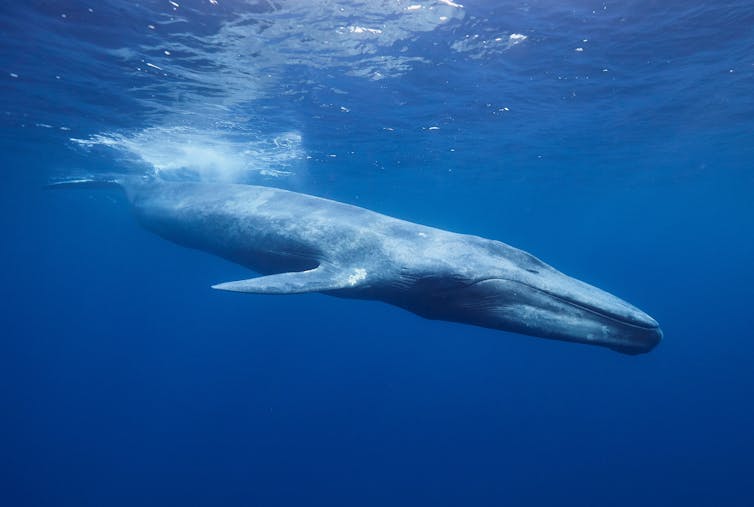






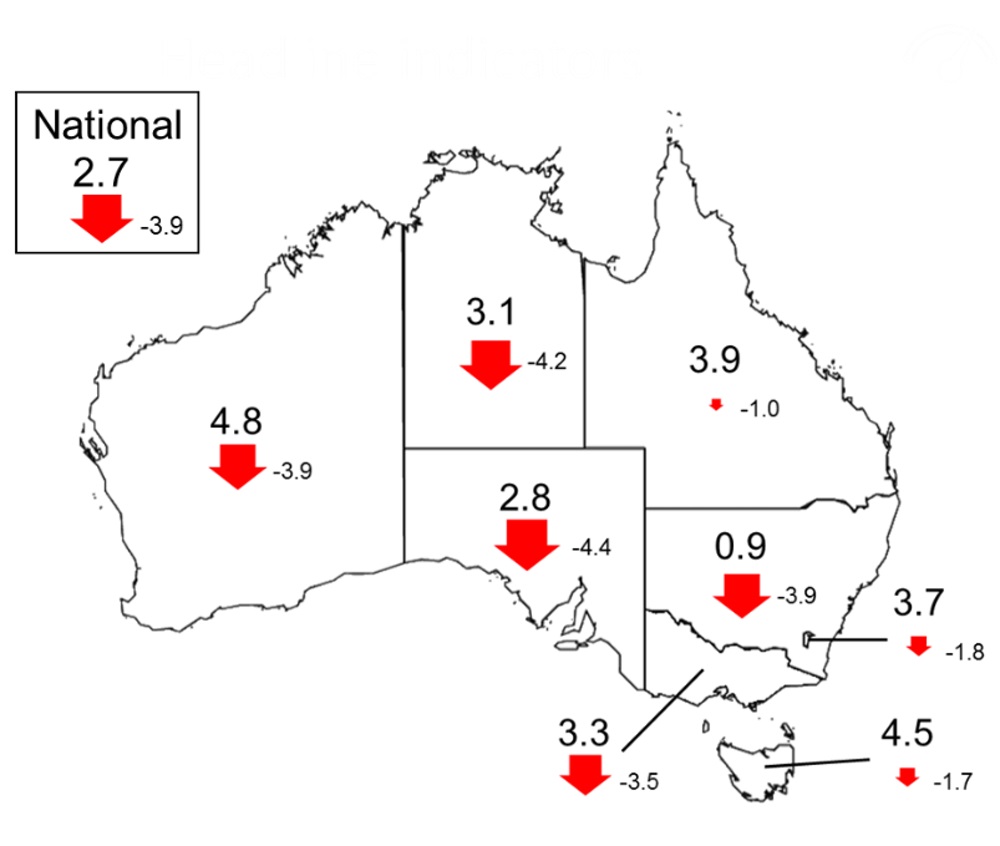
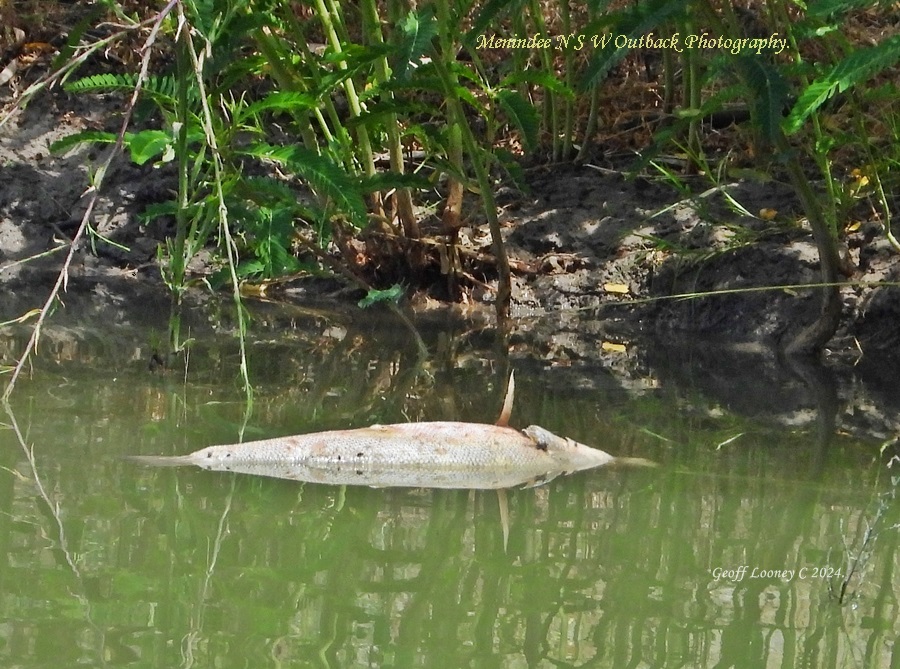

 The Government stated it is working to deliver better environmental outcomes for regional NSW and to deliver on its election commitments for recreational fishers who consider the Trout Cod a popular fish for angling.
The Government stated it is working to deliver better environmental outcomes for regional NSW and to deliver on its election commitments for recreational fishers who consider the Trout Cod a popular fish for angling.



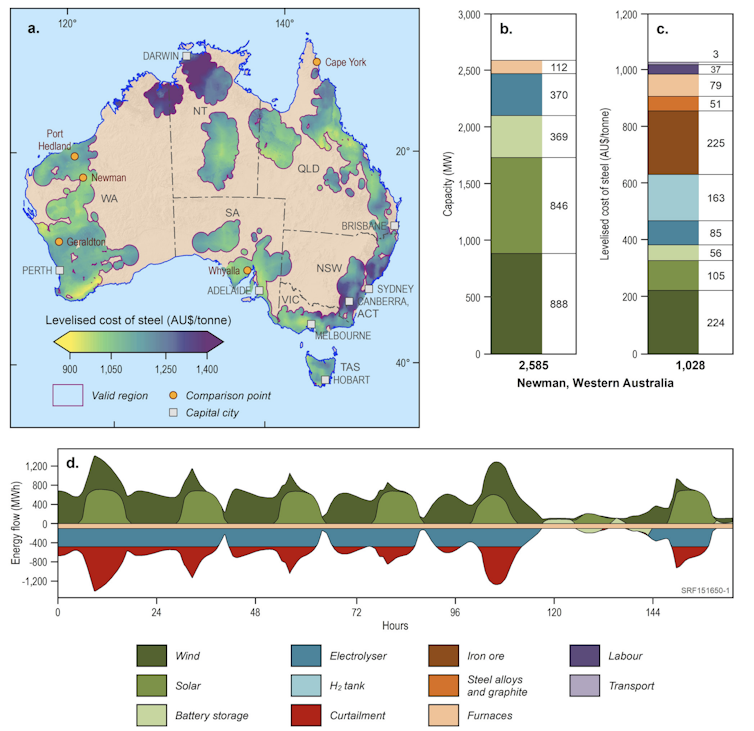


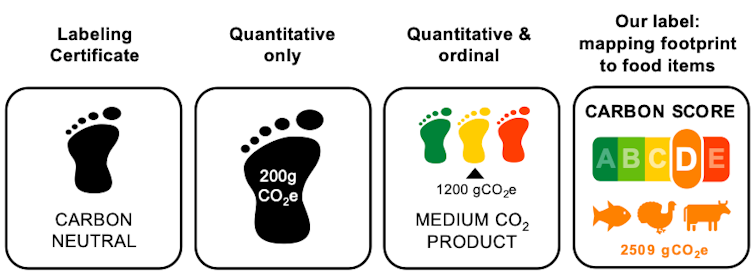
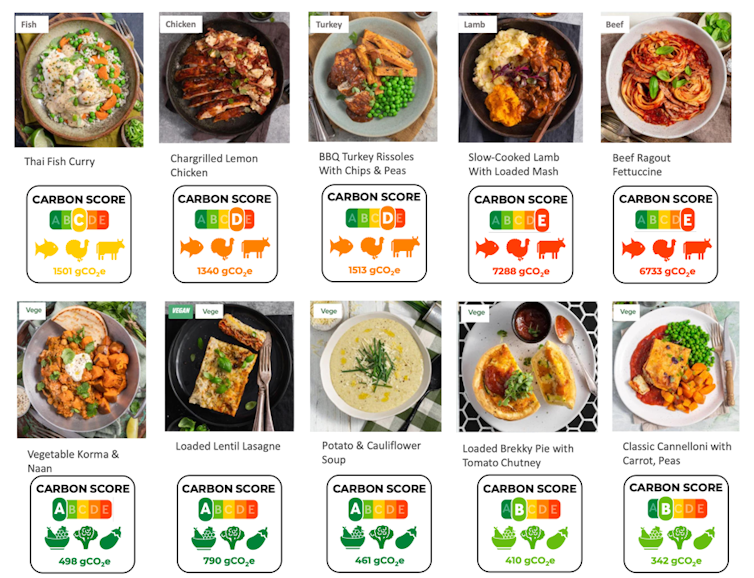
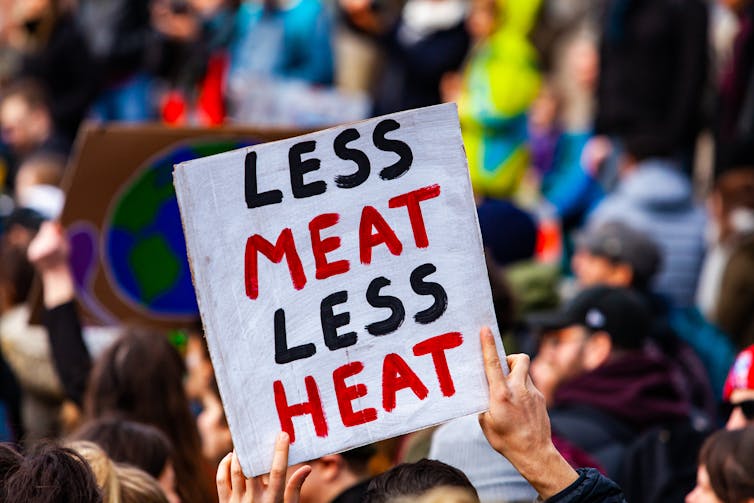
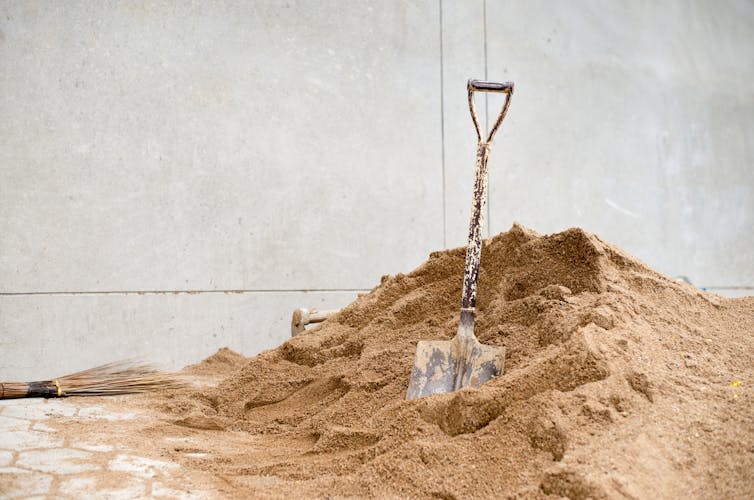
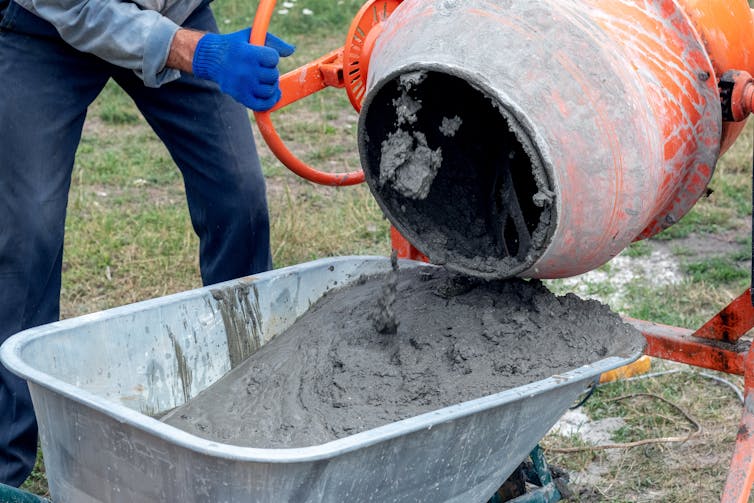
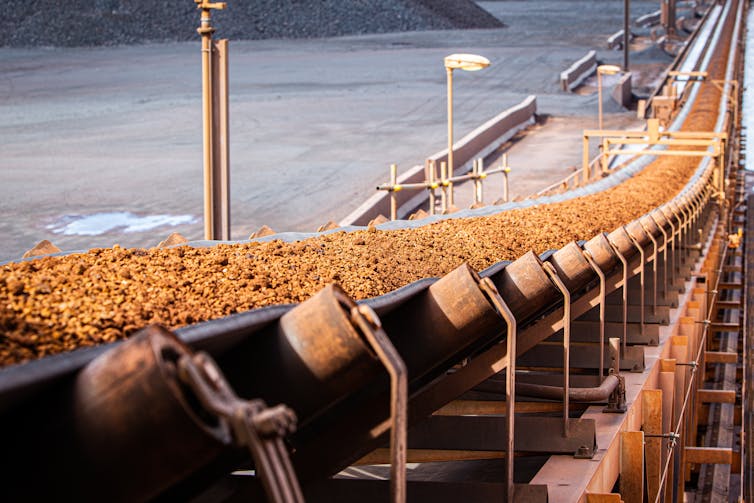

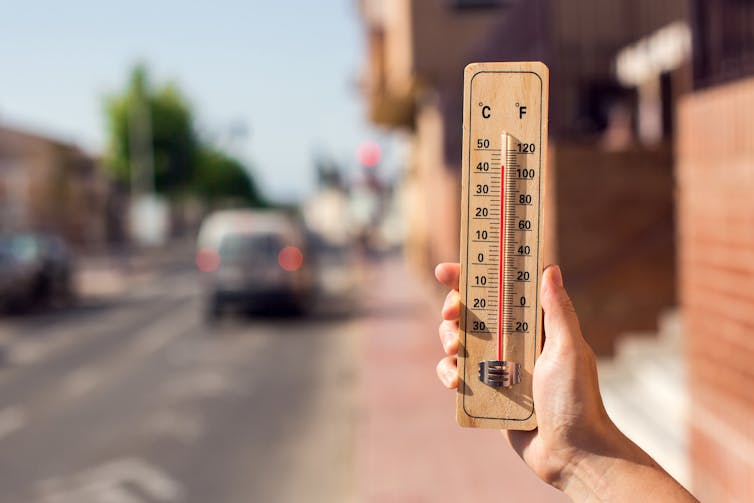

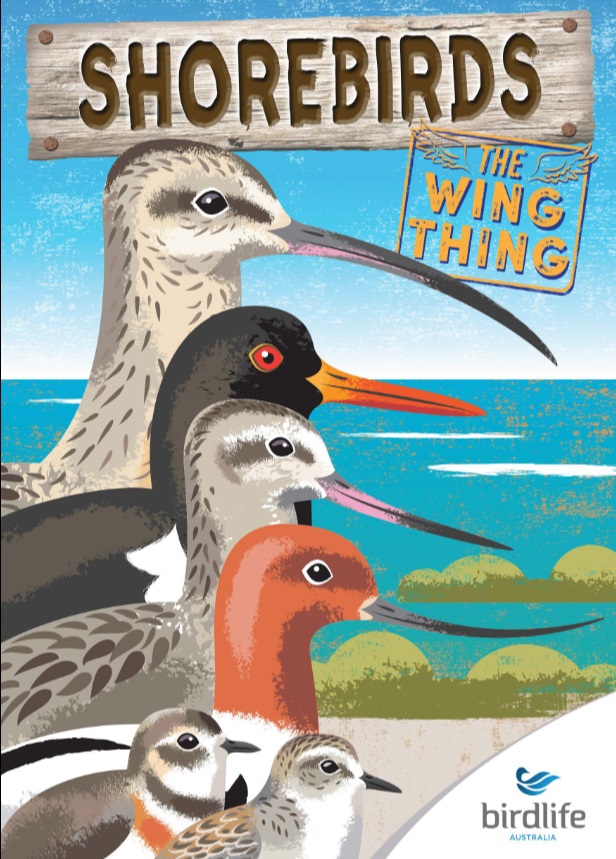
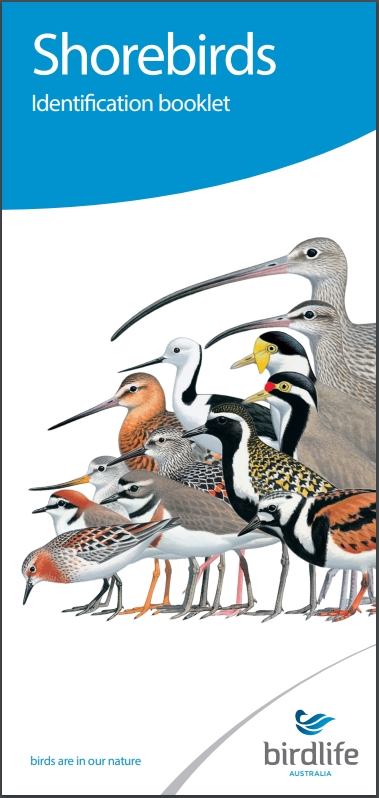 Shorebird Identification Booklet
Shorebird Identification Booklet